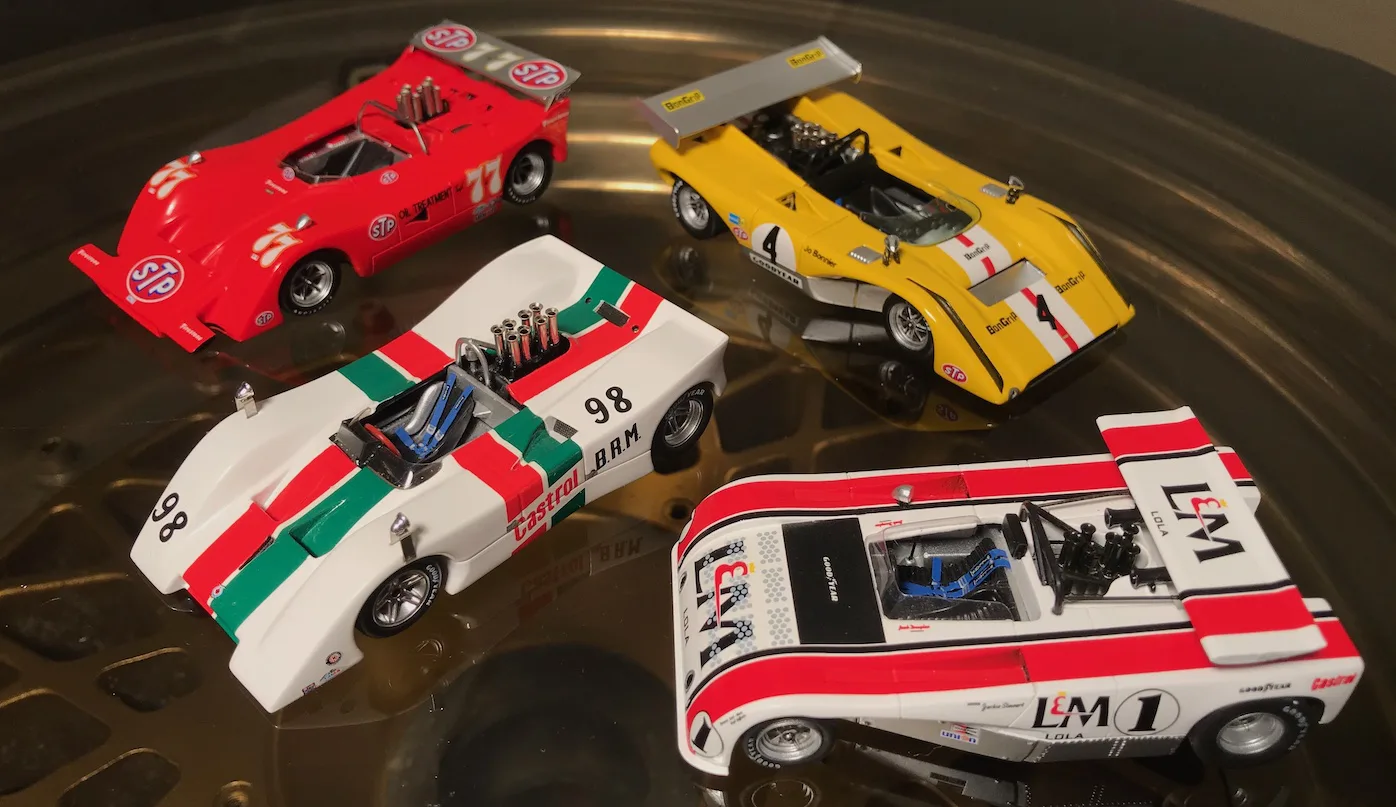Published June 3, 2024 | Last update October 10, 2024 | 25 models and 1 watch online
The Can-Am was a racing series in North America for group 7 cars. In Group 7 there and there were virtually no restrictions to the cars. It was a time in which great inventions were done on aerodynamics, (turbo)-engines and chassis constructions, the cars were faster than Formula One and attracted some of the best drivers in the world. Sometimes group 5 sportscars and group 6 prototypes also competed in the series. Its European counterpart was the Interserie. The Can-Am Porsches are in #028, here I focus on the other brands such as Lola, McLaren, March, Chaparral and more.
Lola T70
1966 Can-Am Series, Lola T70 – Chevrolet. The beautiful Lola T70 was a successful sports car in the second part of the 60’s. Penske Racing used it in 1966 for its driver Mark Donohue. Their first win was the USRRC race at the race track of Kent. Another win was achieved in Nassau in the same year.
Kent 1966 #16 Mark Donohue (USA) – 1st
Nassau 1966 #7 Mark Donohue (USA) – 1st
Lola T70 – 5.0 liter Chevrolet L72 V8 90º, approx. 500 hp. Firestone tires. Weight 680 kg. Steel & aluminium monocoque, chassisnr. SL71/32
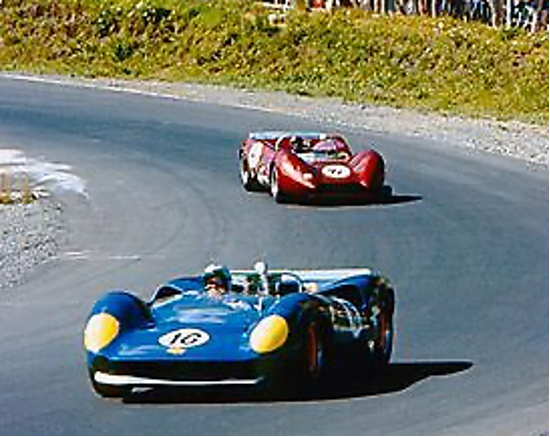
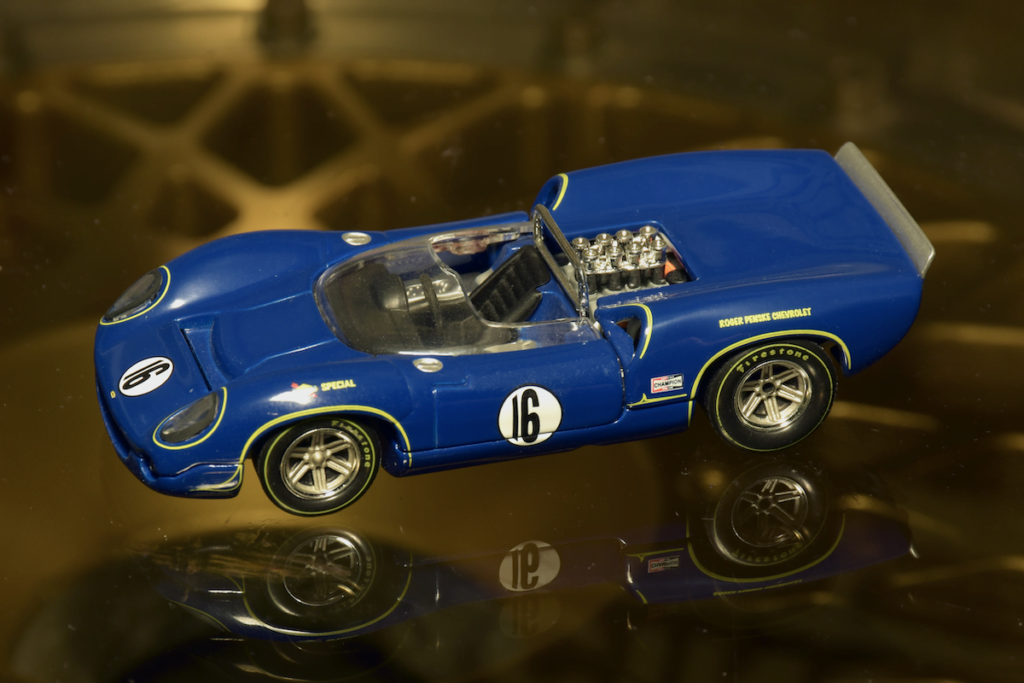
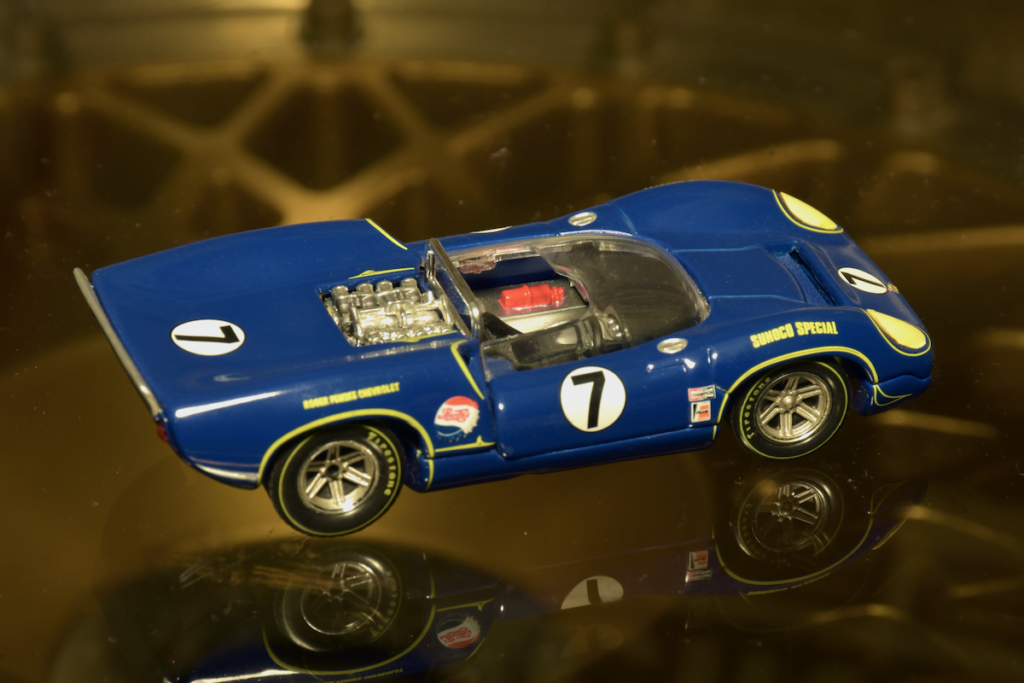
- GMP 3 car collectors box 12401 (diecast)
1966 Can-Am Series Bridgehampton, Lola T70 – Ford. One of the main competitors for the Penske Team was Dan Gurney in another T70 that was powered by a Ford engine.
#30 Dan Gurney (USA) – 1st
Lola T70 – 5.0 liter Ford 289 Weslake V8 90º, approx. 500 hp. Firestone tires. Weight 680 kg. Steel & aluminium monocoque, chassisnr. SL71/34
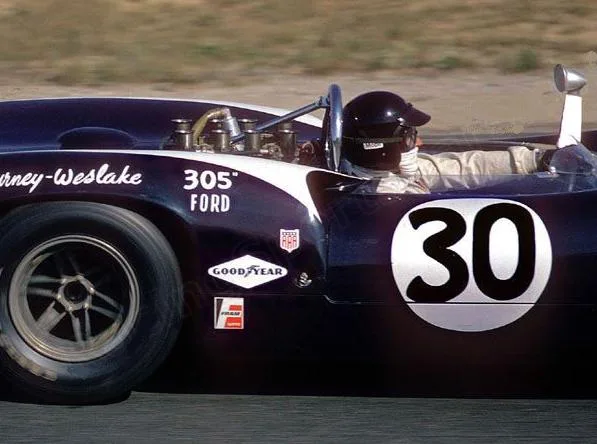
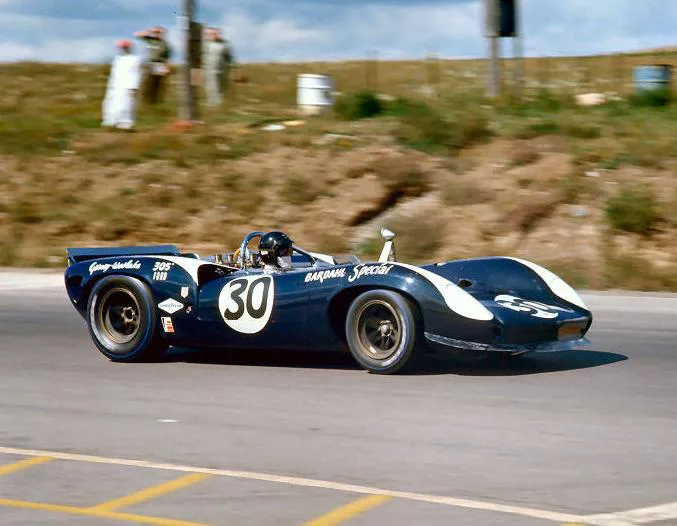
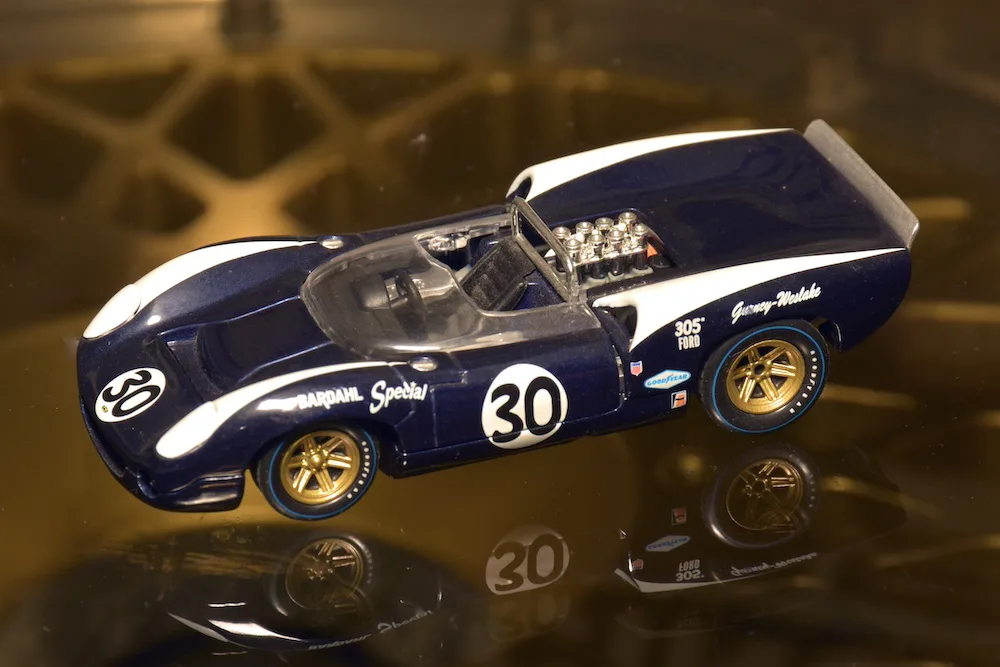
- GMP 12403 (diecast)
1967 Can-Am Series Las Vegas Lola T70 – Ford. The 1967 Can-Am season was dominated by McLaren that won 5 races out of 6. The last race of the season in Las Vegas was won by John Surtees in a Lola T70. Gurney in a similar car had to retire.
#36 Dan Gurney (USA) – DNF|
Lola T70 – 5.0 liter Ford 289 Weslake V8 90º, approx. 500 hp. Firestone tires. Weight 680 kg. Steel & aluminium monocoque, chassisnr. SL71/34
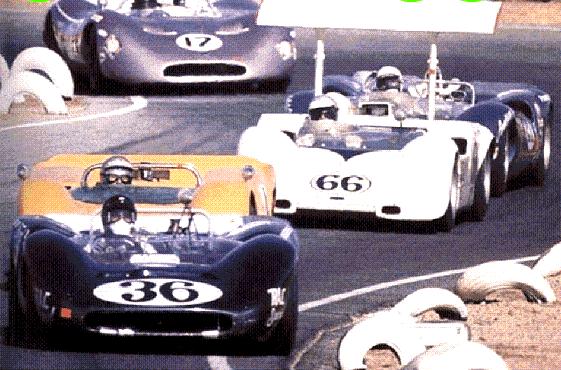
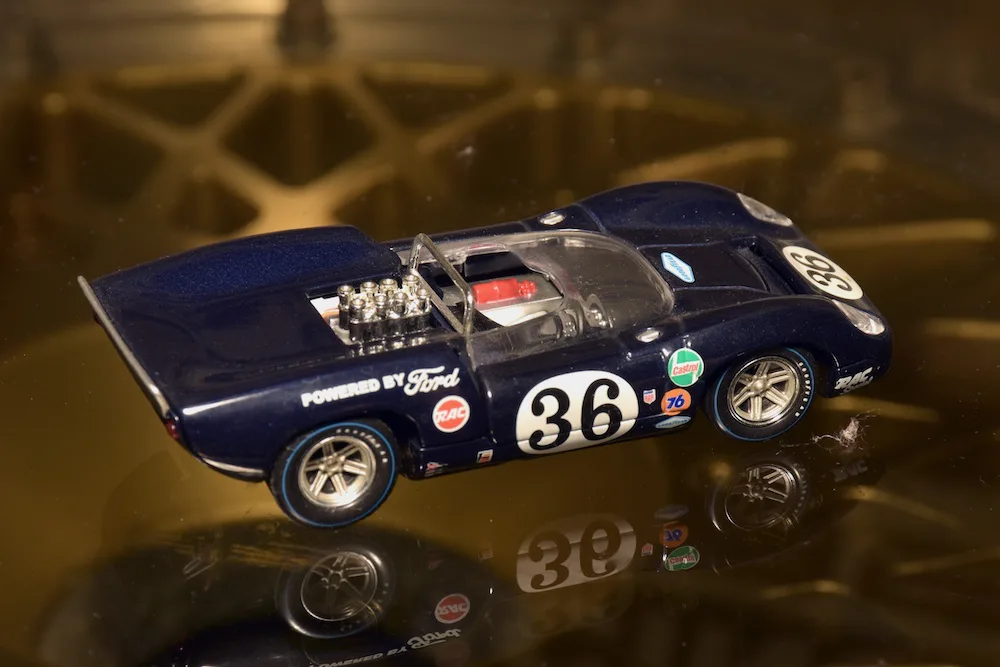
- GMP 12405 (diecast)
McLaren
1968 Can-Am Bridgehampton, McLaren M6B – Chevrolet. Mark Donohue was very busy in 1968: Not only did he dominate the Trans-Am championship in his Camaro, he also drove the Can-Am series. Not with the new M8A that team McLaren used, but the older M6B. The works McLaren M8’s won the title of course, Donohue finished third in the championship and managed a victory at Bridgehampton.
#6 Mark Donohue (USA) – 1st
McLaren M6B – 6.0 liter Chevrolet ZL1 V8 90º, approx. 600 hp. Goodyear tires. Weight 620 kg. Aluminium monocoque, chassisnr. #M6A/3
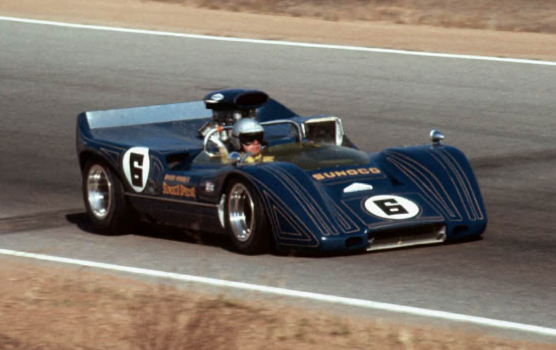
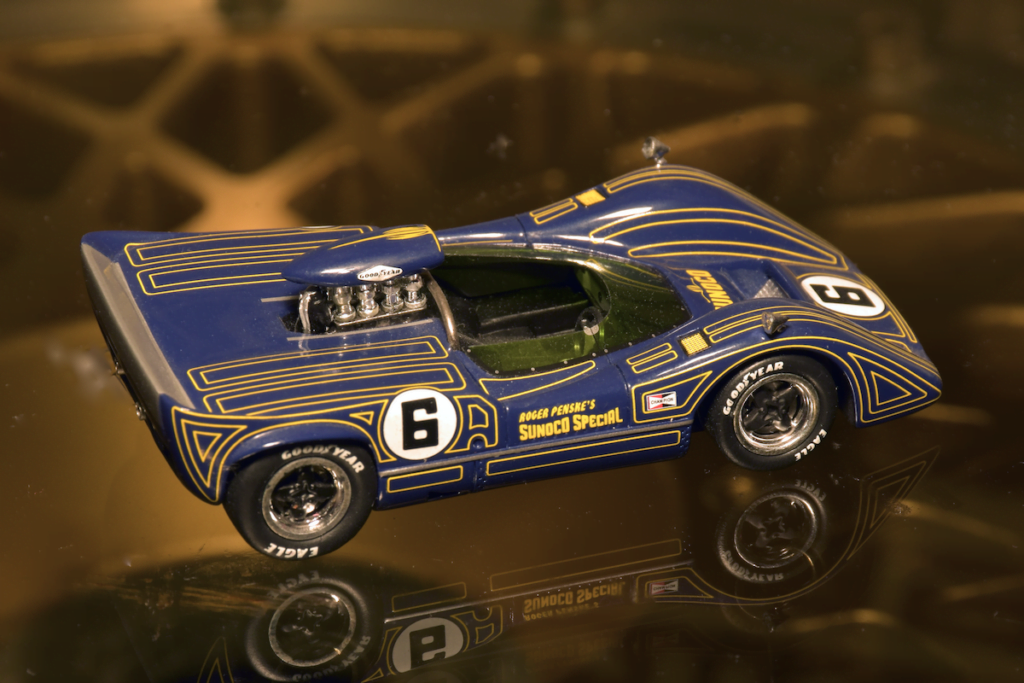
- SPARK S1111
1968 Can-Am, McLaren M8A – Chevrolet. The works McLarens ruled Can-Am. In 1968 Hulme won 3 races and became champion ahead of his countryman and teammate Bruce McLaren. In 1969 it would be the other way around.
#4 Bruce McLaren (NZ) – 2nd championship
#5 Denny Hulme (NZ) – 1st championship
McLaren M8A – 7.0 liter Chevrolet ZL1 V8 90º, approx. 680 hp. Goodyear tires. Weight 658 kg. Aluminium monocoque, chassisnr. #M8A/1 & #M8A/2
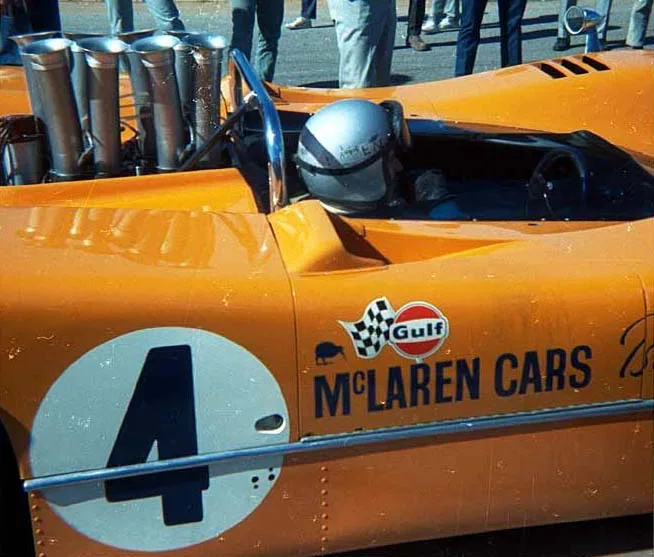
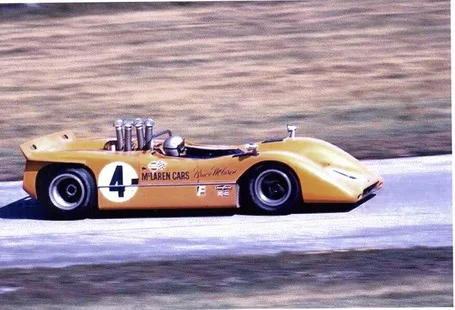
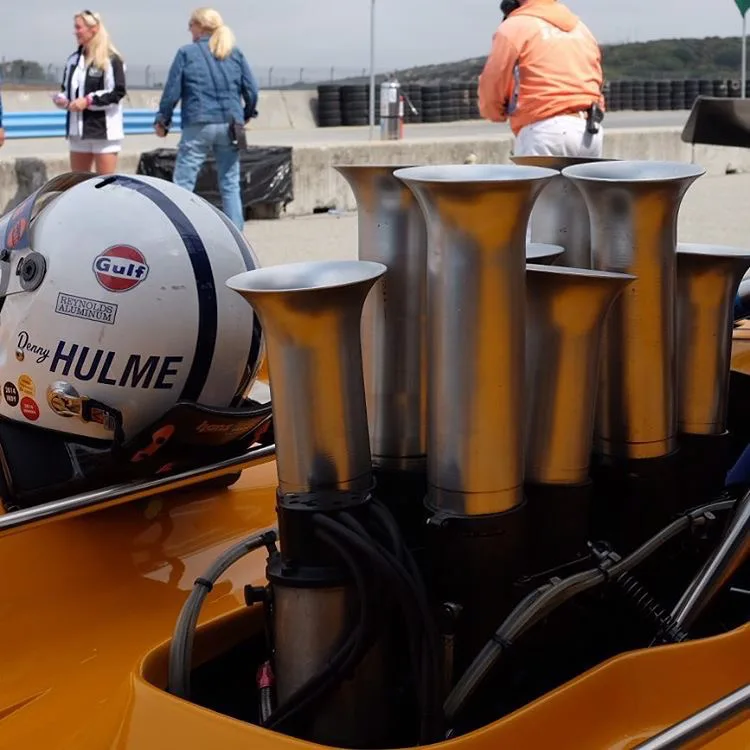
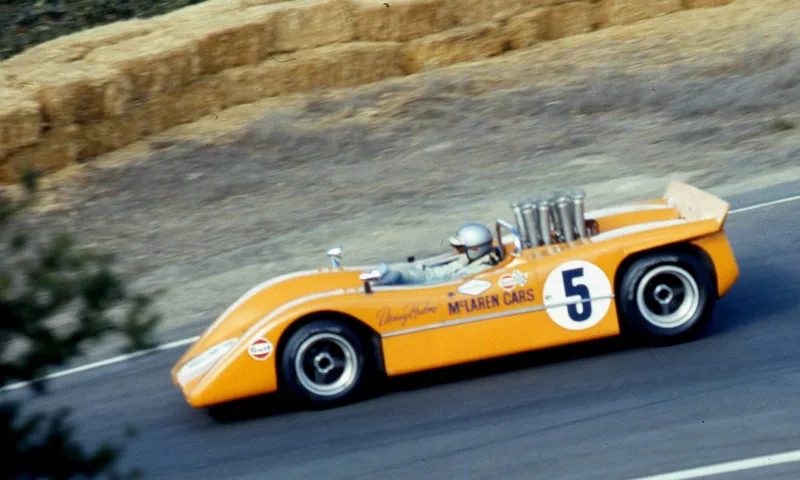
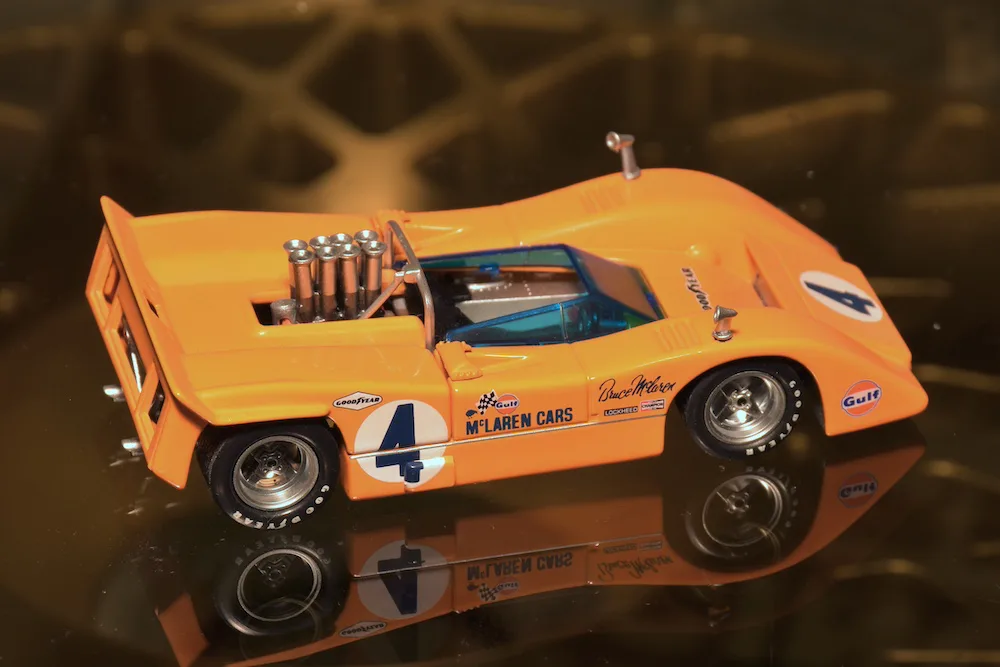
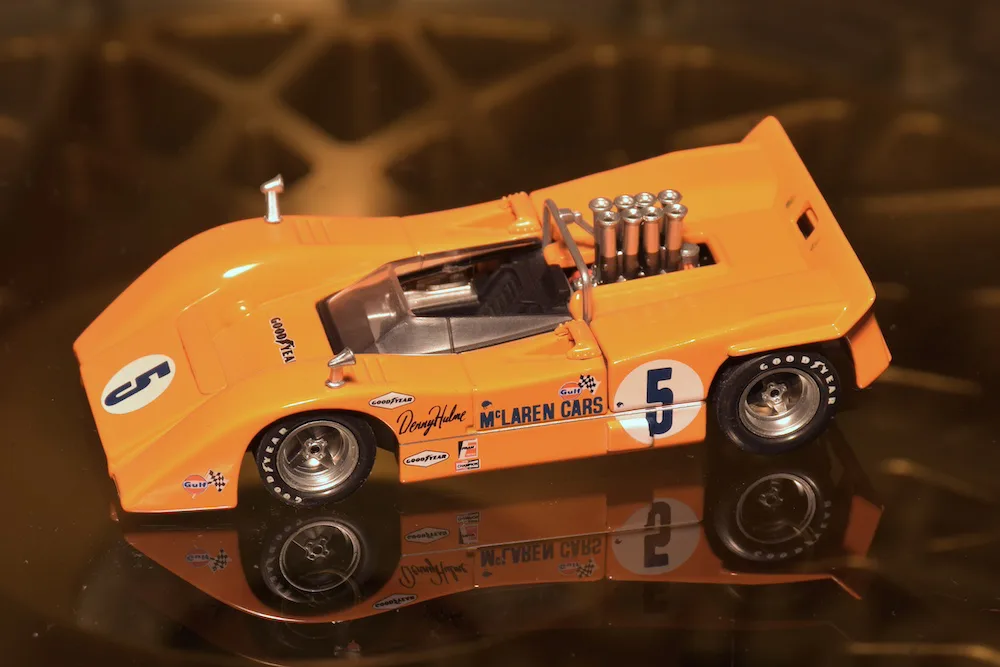
- GMP 12421 & 12422 (diecast)
1969 Can-Am, McLaren M8B – Chevrolet. The 1969 McLarens were equipped with big wings that stood high above the cars. Bruce McLaren won 6 races this year, beating his teammate Denny Hulme for the championship. Hulme won 5 races but retired in the last one.
#4 Bruce McLaren (NZ) – 1st championship
#5 Denny Hulme (NZ) – 2nd championship
McLaren M8B – 7.0 liter Chevrolet ZL1 V8 90º, approx. 700 hp. Goodyear tires. Weight 635 kg. Aluminium monocoque, chassisnr. #M8B/2 & #M8B/1
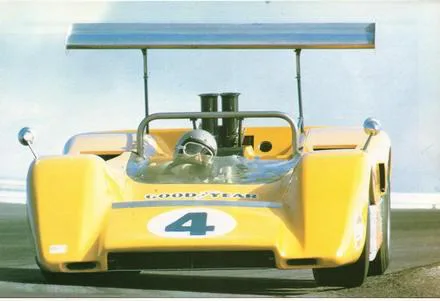
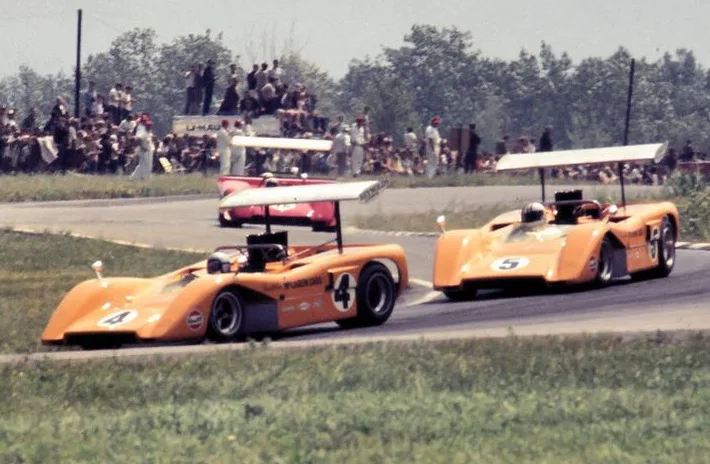


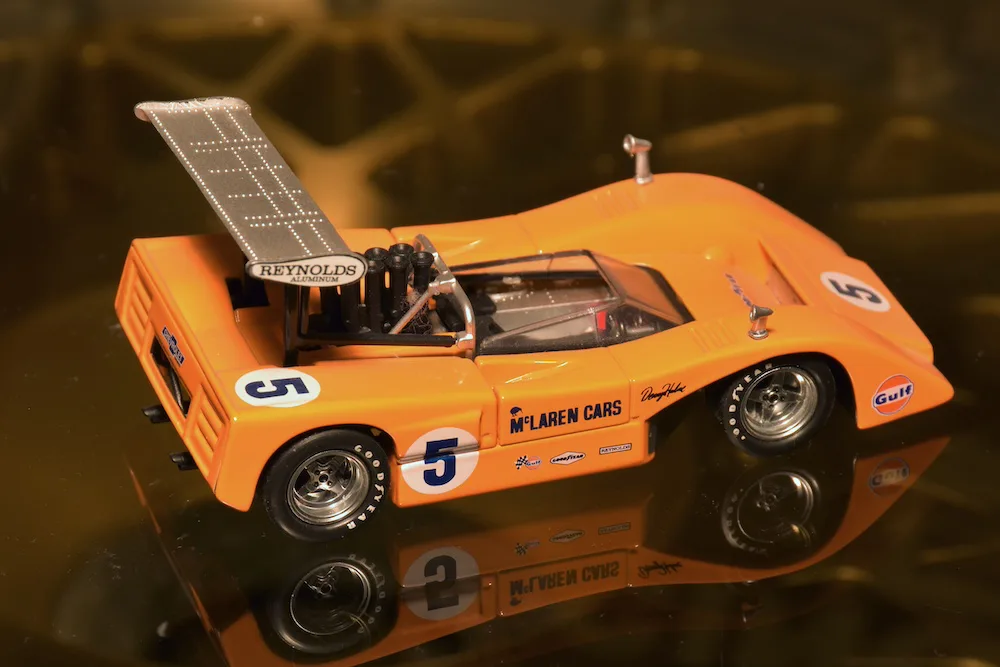
- GMP 12424 & 12425 (diecast)
1970 Can-Am, McLaren M8D – Chevrolet. The famous Can-Am series was dominated by these mighty Papaya colored McLaren-Chevrolets. Teamleader Bruce McLaren sadly died in a testing accident and was replaced by Dan Gurney. Gurney won the first two races but was replaced by Peter Gethin because Gurney was a too fast for first driver Hulme. Gethin won only 1 race while Hulme won 6 and took the title.
#7 Road America Peter Gethin (AUS) – 1st
#49 Dan Gurney (USA) – 2 x 1st
McLaren M8D – 8.0 liter Chevrolet ZL1 V8 90º, approx. 770 hp. Goodyear tires. Weight 635 kg. Aluminium monocoque, chassisnr. #M8D/1 & #M8D/3
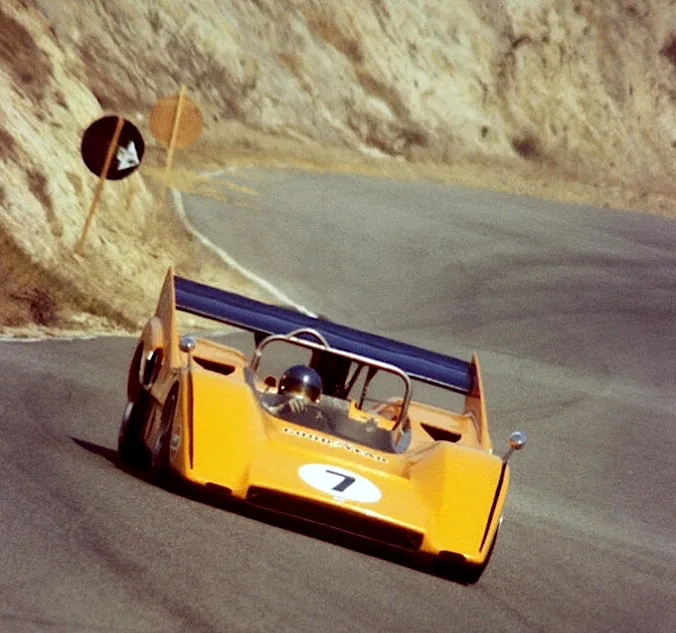
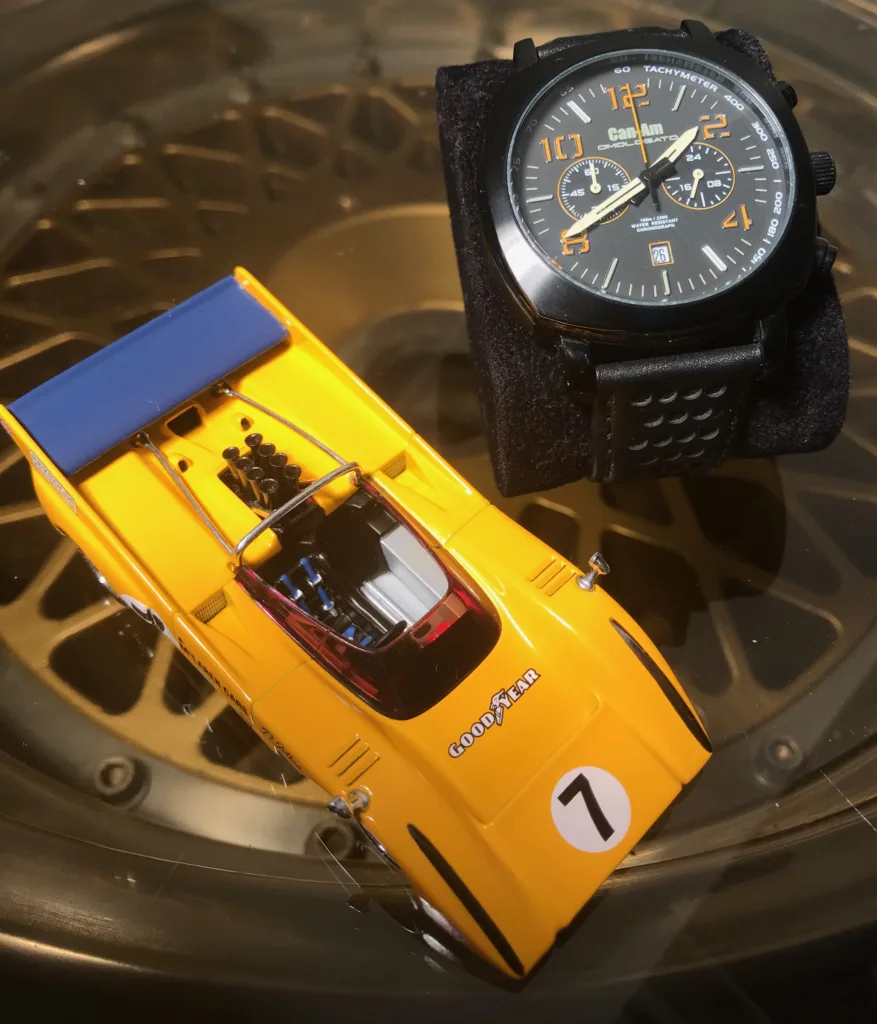
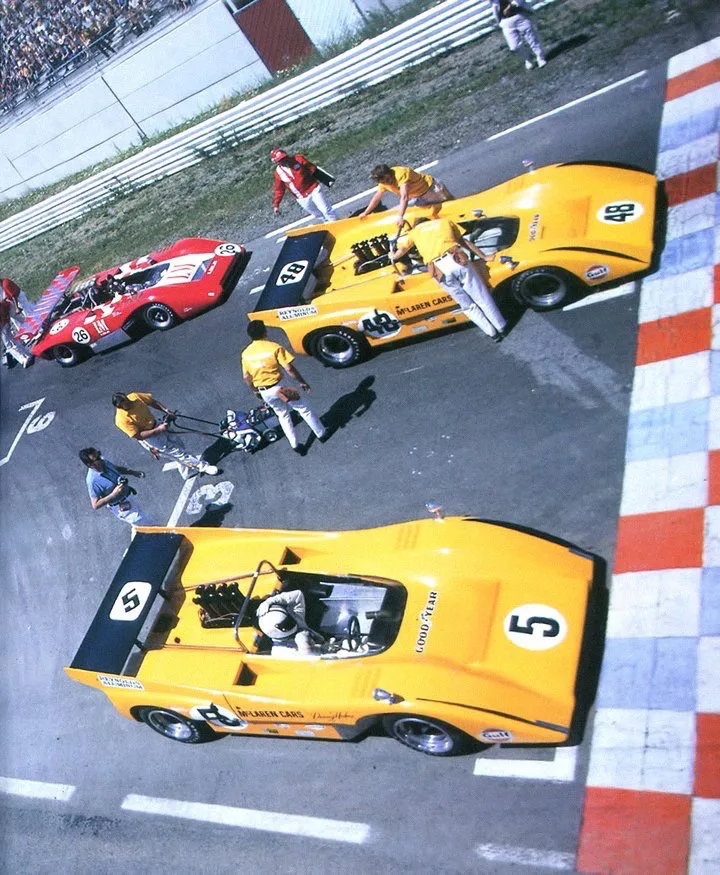
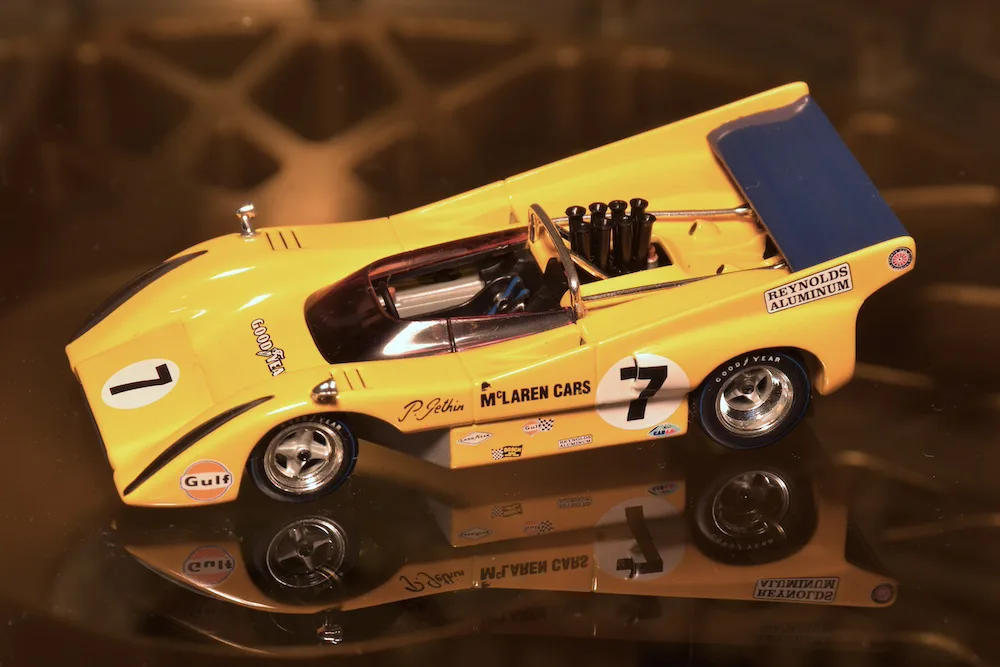
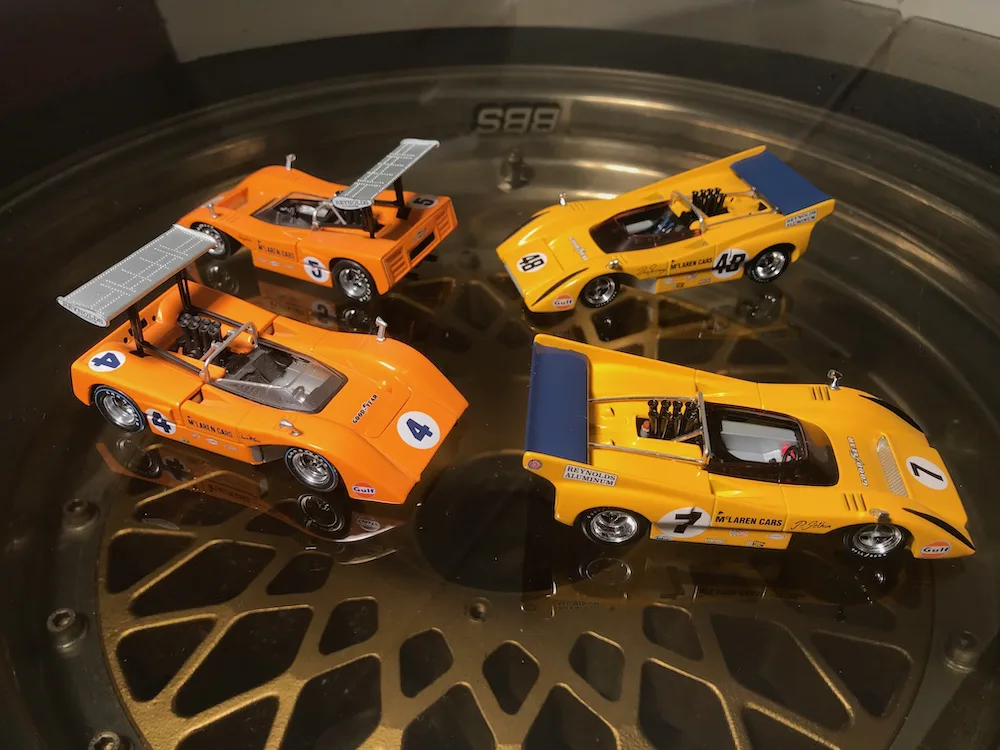

- MINICHAMPS MC530 704397 & MC530 704307
- Watch | OMOLOGATO Can-Am 1st edition
Can-Am in Japan
1968 Fuji 200 miles, Toyota 7. Japanese constructors showed much interest in sports cars, especially the prototypes in the Can-Am category. The first Toyota 7, this type 415S built by Yamaha, had a far too less powerful 3-liter V8, but is showed great reliability. Later Toyota 7’s were equipped with a stronger 5-liter V8, some even with a turbocharger.
#34 Shihomi Hosoya (J) – 6th
Toyota 7 – 3.0 liter Toyota 61E V8 90º, approx. 350 hp. Dunlop tires. Weight 800 kg. Aluminium monocoque, chassisnr. Yamaha 415S #unknown
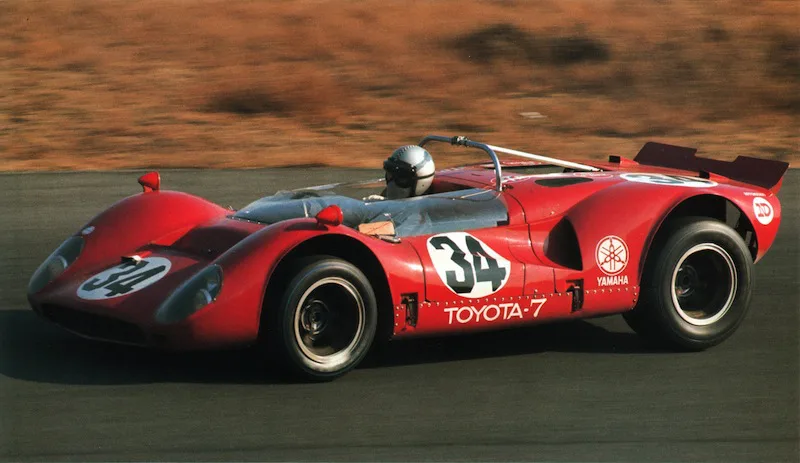
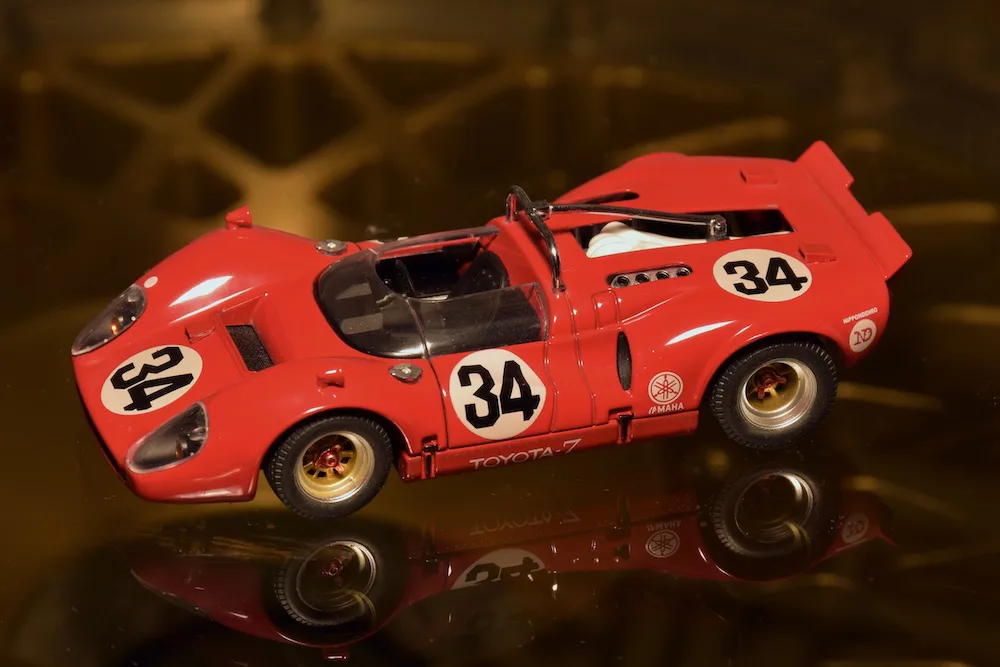
- EBBRO 43879 (diecast)
1969 Fuji GP Japan, Nissan R-392. Nissan developed this R-382 with V12 engine. The Nissan R-382’s dominated the Fuji GP in 1969, finishing first and second in front of 3 Toyota’s. The first Porsche 917 landed at 6th place only.
#21 Motoharu Kurosawa (J) – 1st
Nissan R-382 – 6.0 liter Nissan GRX-III V12 120º, approx. 600 hp. Firestone tires. Weight 790 kg. Aluminium space frame, chassisnr. R382 #unknown
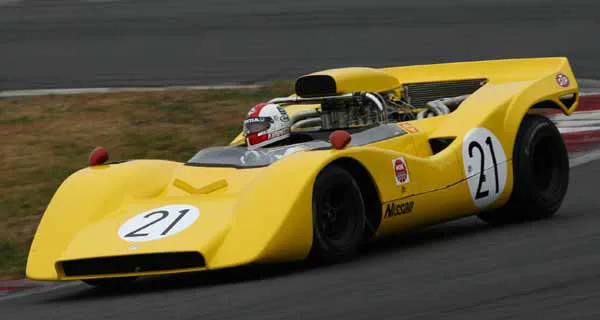

- EBBRO 43532 (diecast)
1970 test Suzuka, Toyota 7 turbo. Toyota already raced sportcars in 1967. The first 3-liter version of the Toyota 7 lacked power, the 5-liter version of the V8 was a big improvement. But for 1971 Toyota planned to enter the American Can-Am series with this double turbo version of the V8, developing over 800 bhp. But after two deadly accidents during testing, the project was cancelled.
Minoru Kawai (J) – deadly accident
Toyota 7 (578A) – 5.0 liter Toyota V8 90º twin turbo, approx. 800 hp. Firestone tires. Weight 700 kg. Aluminium space frame, chassisnr. #unknown

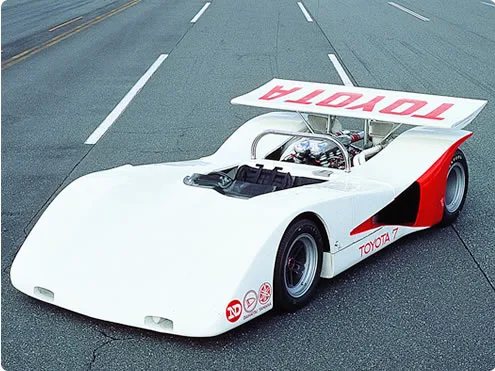
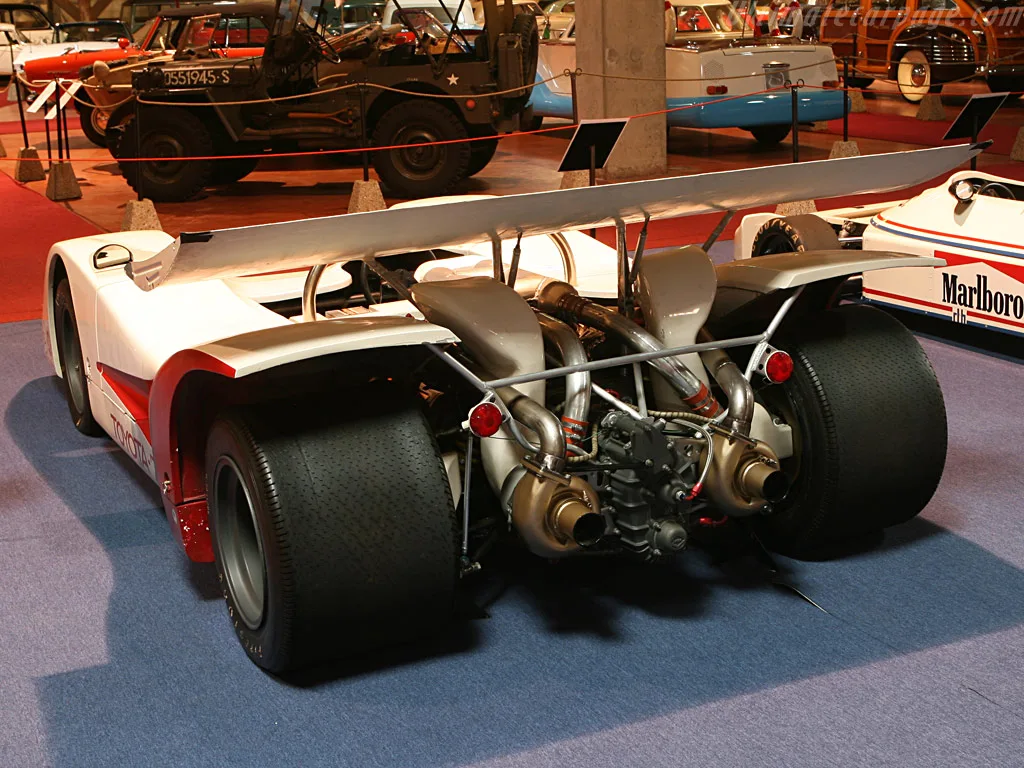
- DEL PRADO blister unknown (diecast)
Ferrari
1968 Can-Am Las Vegas, Ferrari 612M. The commercially interesting Can-Am series made Ferrari come to the USA. A new semi-monocoque chassis was developed and equipped with a 640 bhp V12 engine. About the same power as the McLarens from that time, but those were a lot lighter and more reliable. Chris Amon raced it once in 1968, in Las Vegas. He didn’t do one lap in the race, the injectors were polluted with dust from the desert. In 1969, the car was entered a few more times, but was never successful.
#23 Chris Amon – DNS
Ferrari 612M – 6.2 liter Ferrari Tipo 261C V12 60º, approx. 640 hp. Firestone tires. Weight 700 kg. Aluminium monocoque, chassisnr. #0866
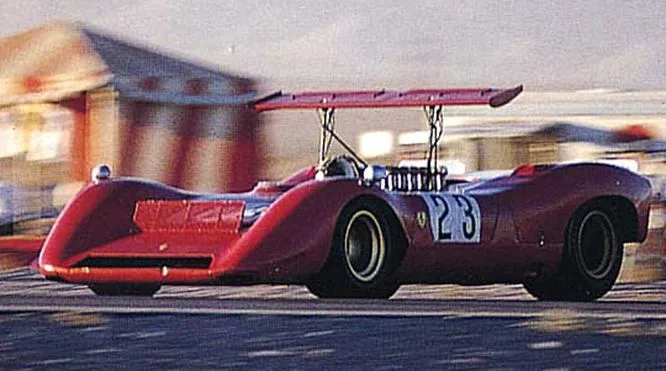
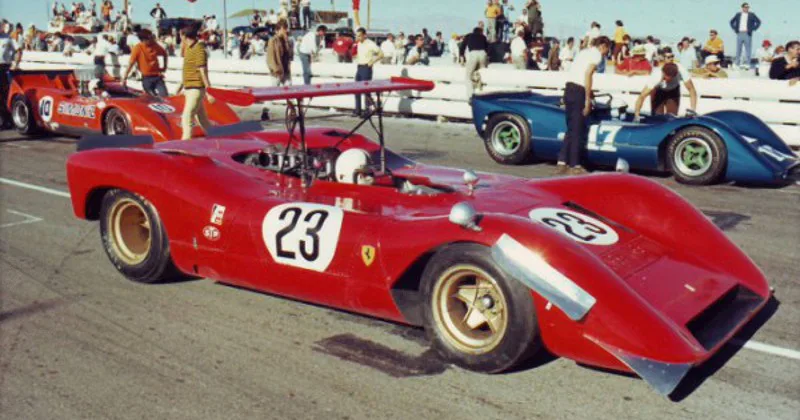
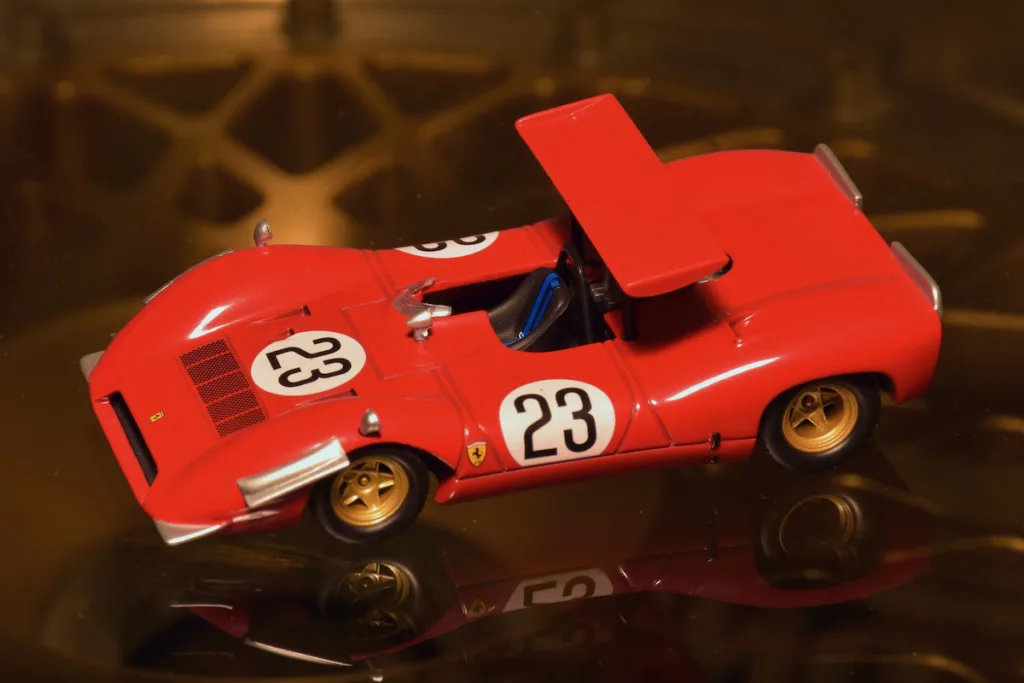
- M4-MODELS #37
this model has been posted before in #038 Ferrari
1971 Can-Am Watkins Glen, Ferrari 712M. An early attempt with the 612P in 1968 was a disaster. In 1971 Ferrari tried again, now with an adapted 512M chassis that was equipped with a 750 bhp V12 engine. The car made a promising debut at Watkins Glen in 1971, but despite that Ferrari chose not to develop it further. The car was sold to NART that used in occasionally in 1972 and following years.
#50 Mario Andretti – 4th
Ferrari 712M – 6.9 liter Ferrari Tipo 261C V12 60º, approx. 750 hp. Firestone tires. Weight 680 kg. Aluminium monocoque, chassisnr. #1010
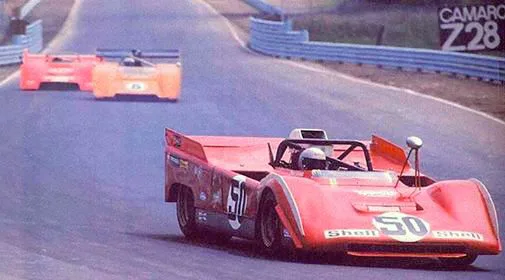
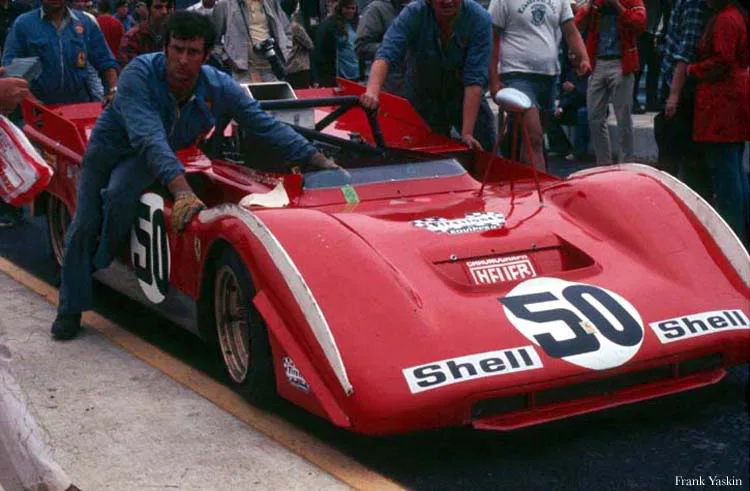
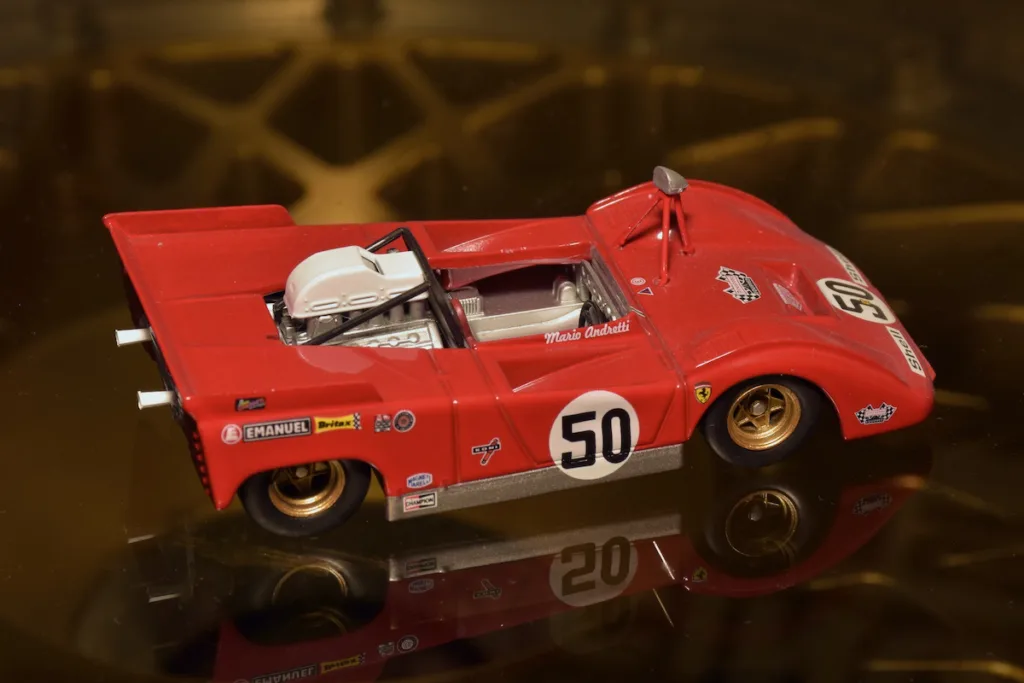
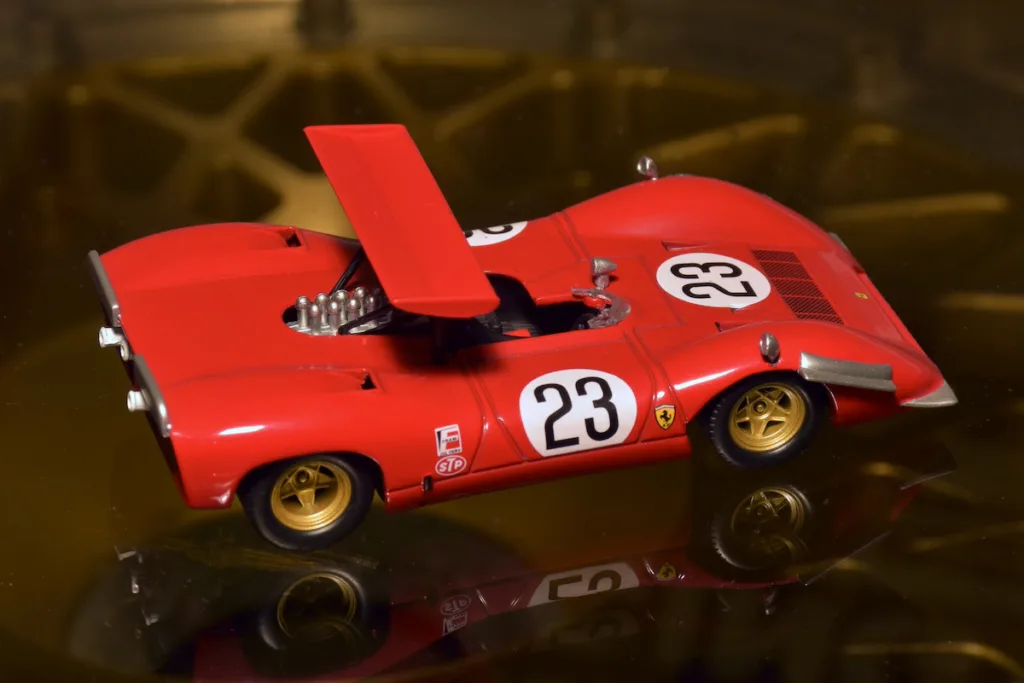
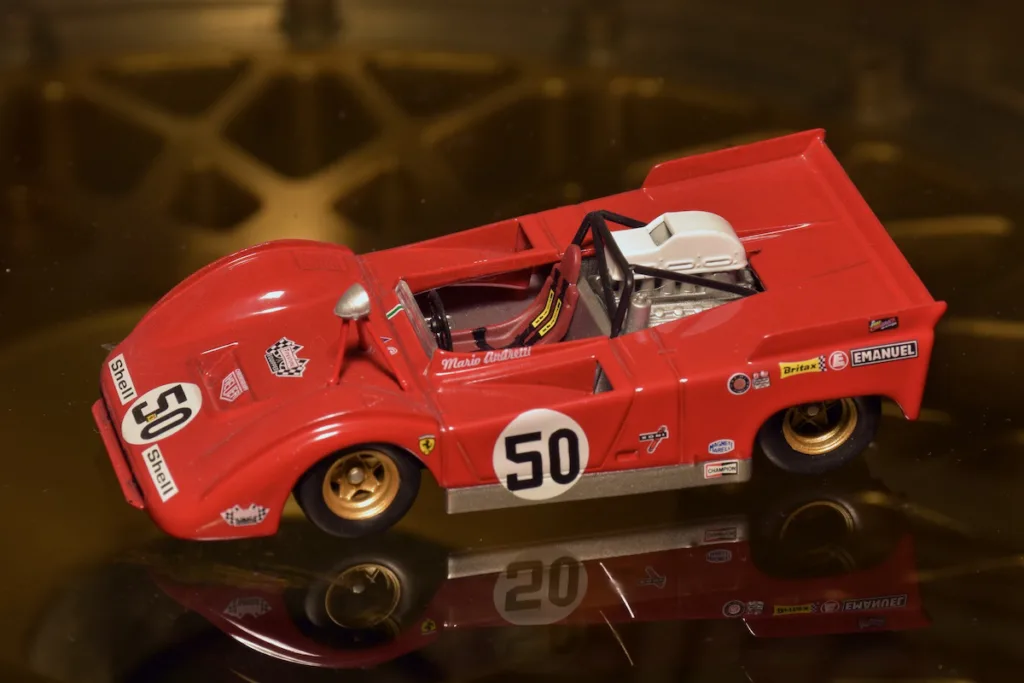
- M4-MODELS #46
this model has been posted before in #038 Ferrari
Chaparral, BRM, March and more Lola
1969 Can-Am Laguna Seca, Chaparral 2H – Chevrolet. Chaparral’s Jim Hall is a brilliant designer who brought many new techniques into motorracing, such as the rear wing, use of fiberglass for the chassis and automatic gearboxes. This oversized wing car drove only in qualifying of the Laguna Seca race of the Can-Am series in 1969 in the hands of John Surtees.
#7 John Surtees (GB) – DNS
Chaparral 2H – 7.4 liter Chevrolet ZL1 V8 90º, approx. 700 hp. Firestone tires. Weight 800 kg. Aluminium monocoque, chassisnr. 2H #001
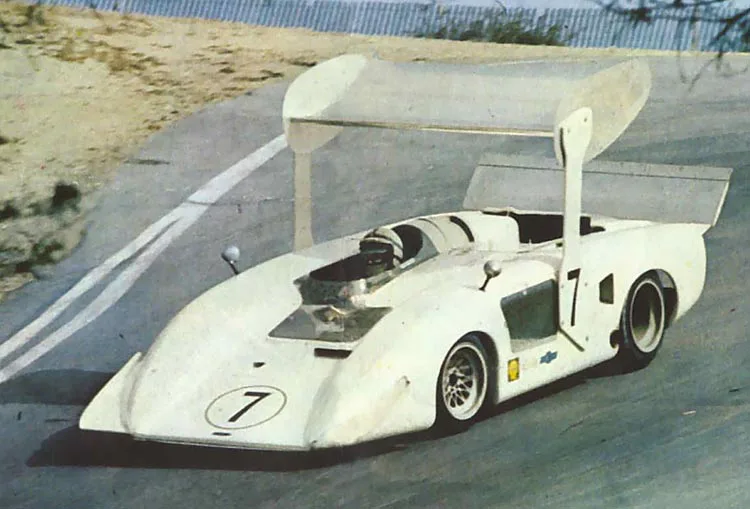
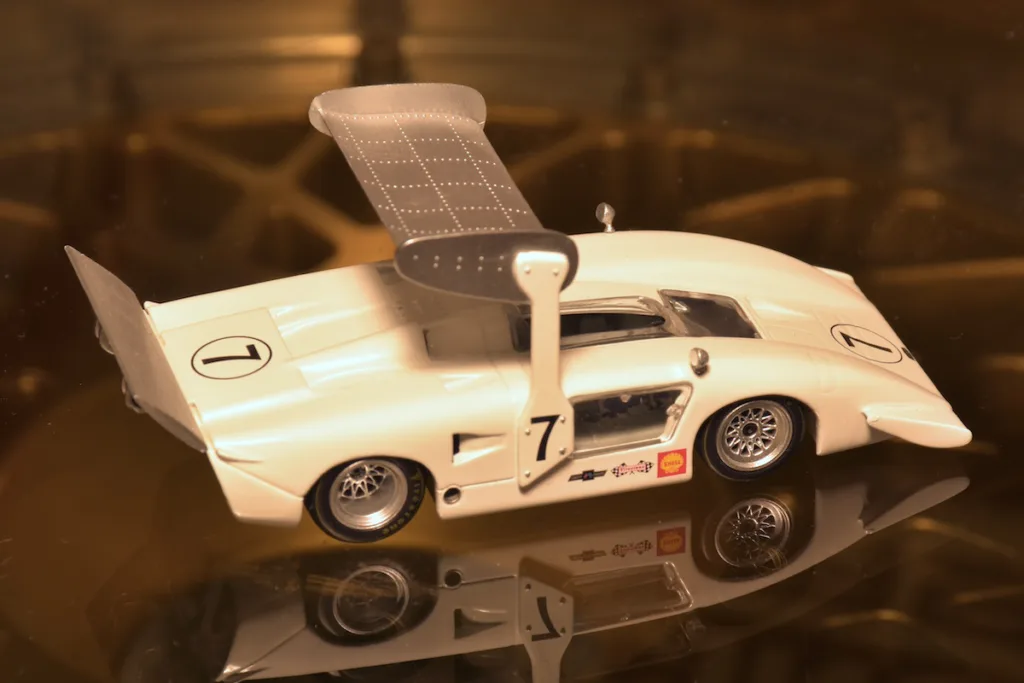
- MINICHAMPS MC436 691497 (diecast)
1970 Can-Am Road Atlanta, Chaparral 2J – Chevrolet. Chaparral brought many new techniques into motor racing. This car had Lexan skirts and a two-stroke Rotax support engine that sucked the air from underneath the car, creating a permanent ground effect at all speeds. It was the fastest car in the field, but never won due to reliability problems. Gordon Murray would use the same principle in 1978 for his Formula 1 Brabham.
#66 Vic Elford (GB) – DNF
Chaparral 2J – 8.1 liter Chevrolet ZL1 V8 90º, approx. 780 hp. Firestone tires. Weight 820 kg. Aluminium monocoque, chassisnr. 2J #001
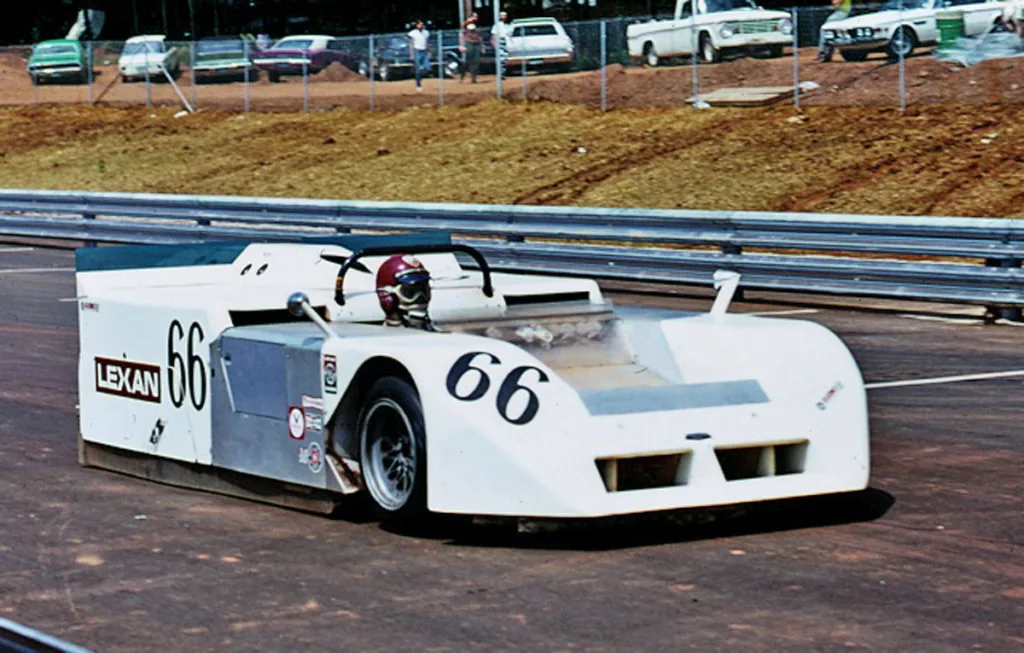
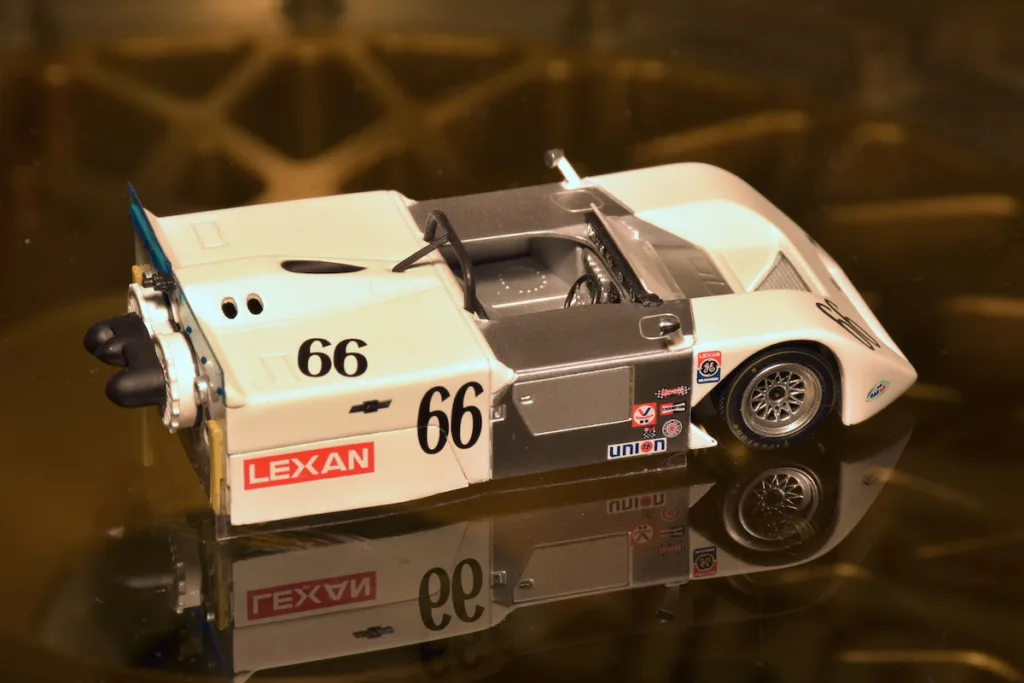
- | MINICHAMPS MC436 701466 (diecast)
1970 Can-Am St. Jovite, BRM P154 – Chevrolet. British Racing Motors built this impressive P154 for the 1970 Can-Am season. The car sure had potential, George Eaton qualified in the top 5 several times. Unfortunately his car was quite unreliable. A third place at St. Jovite was the best result of the season. The last 3 races of the season Pedro Rodriguez drove the car. For 1971 BRM put all their resources in their Formula 1 project and stopped racing the P154 at the end of the first season.
#98 George Eaton (CAN) – 3rd
BRM P154 – 8.1 liter Chevrolet ZL1 V8 90º, approx. 780 hp. Goodyear tires. Weight 700 kg. Aluminium monocoque, chassisnr. #01

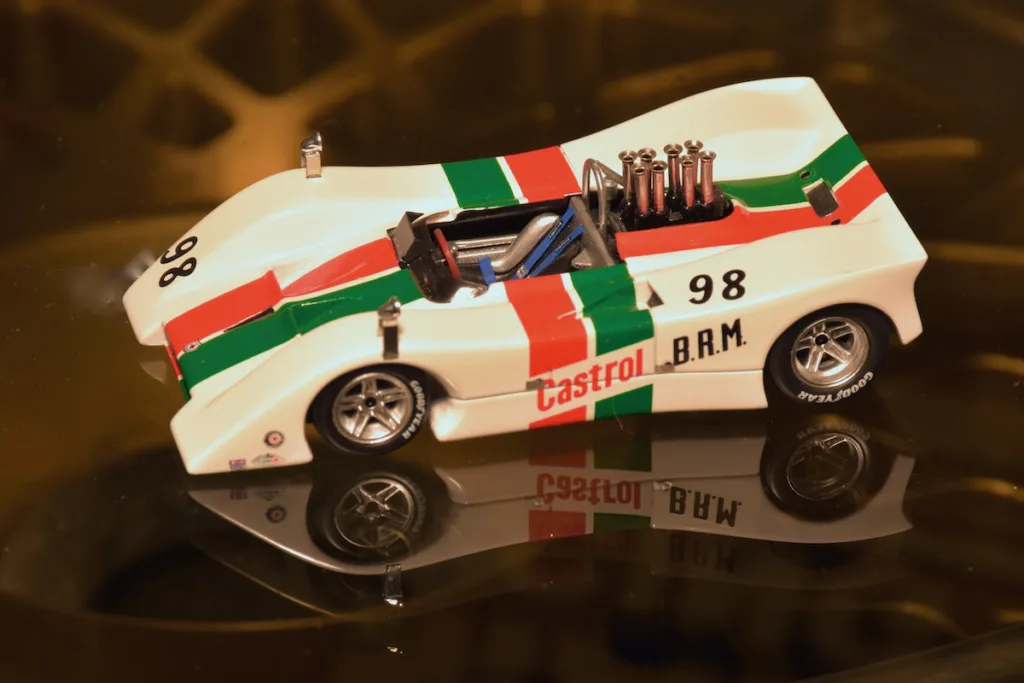
- SPARK S1150 (resin)
1970 Can-Am Laguna Seca, March 707 – Chevrolet. New racing car manufacturer March started very enthusiastic. For the 1970 season they built all kinds of formula cars and also this group 7 car for Interserie and Can-Am. Helmut Kelleners took some wins in the European Interserie, but Chris Amon had to fight the dominant McLarens in the USA. He started only in 3 occassions, it was supposed to be a test for the 1971 season. Amon did well and finished in 5th and two times in 4th position. After that, the car returned to England and never raced again in Can-Am.
#77 Chris Amon (NZ) – 4th
March 707 – 8.1 liter Chevrolet ZL1 V8 90º, approx. 780 hp. Goodyear tires. Weight 700 kg. Aluminium monocoque, chassisnr. #02
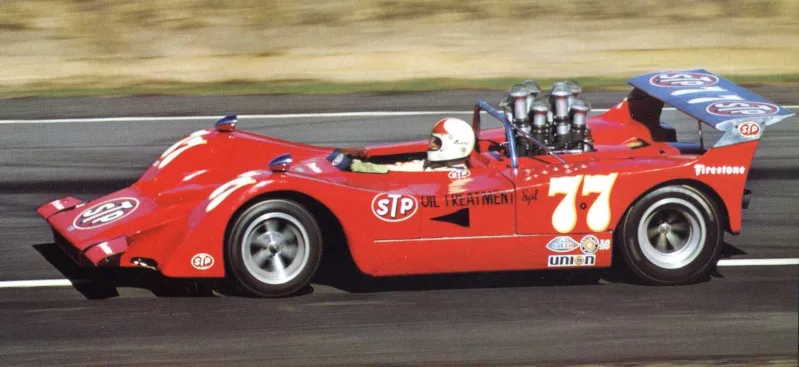
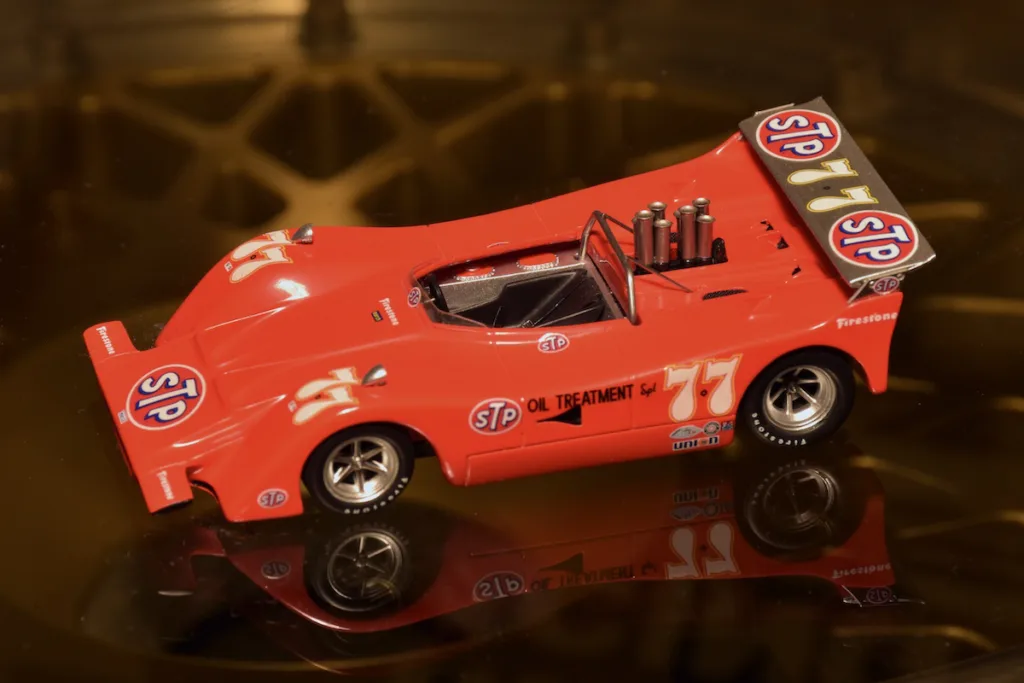
- SPARK S1106 (resin)
1971 Can-Am St. Jovite, Lola T260 – Chevrolet. For 1971 Lola developed the T260 and experimented with the positions of the rear wing and an additional front wing. Ik was entered by Carl Hass Racing and driven by F1 world champion Jacky Stewart. They won 2 races, but in the championship were beaten by the mighty McLarens.
#1 Lola T260 Jackie Stewart – 1st
Lola T260 – 8.1 liter Chevrolet ZL1 V8 90º, approx. 780 hp. Goodyear tires. Weight 725 kg. Aluminium monocoque, chassisnr. #HU01
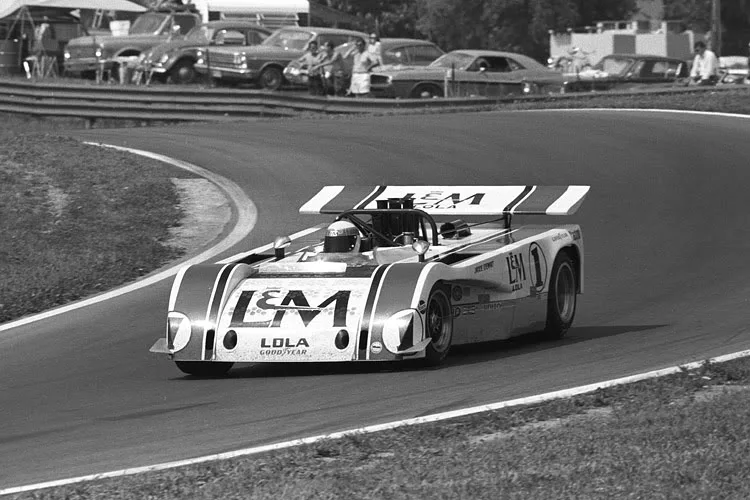
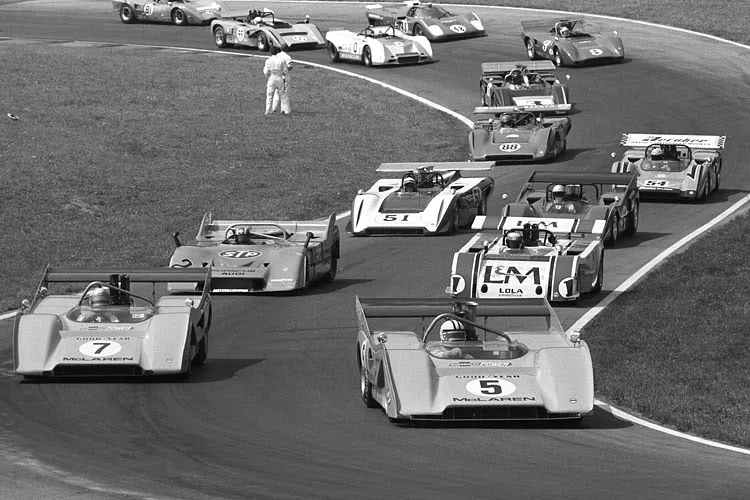
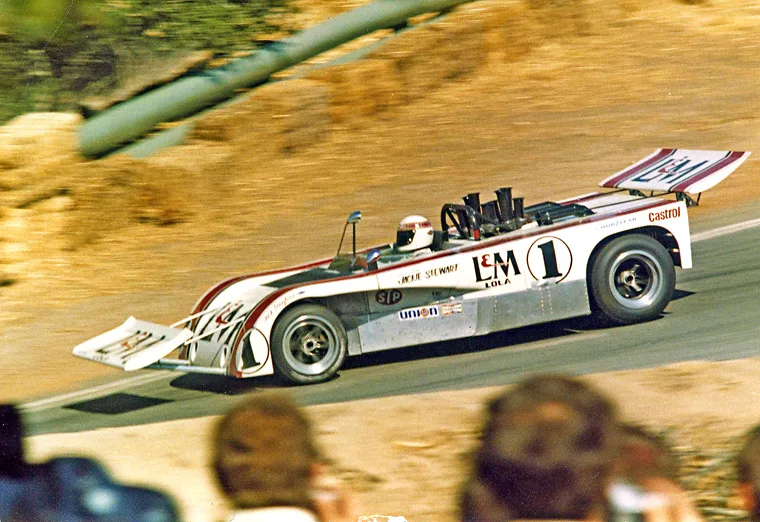
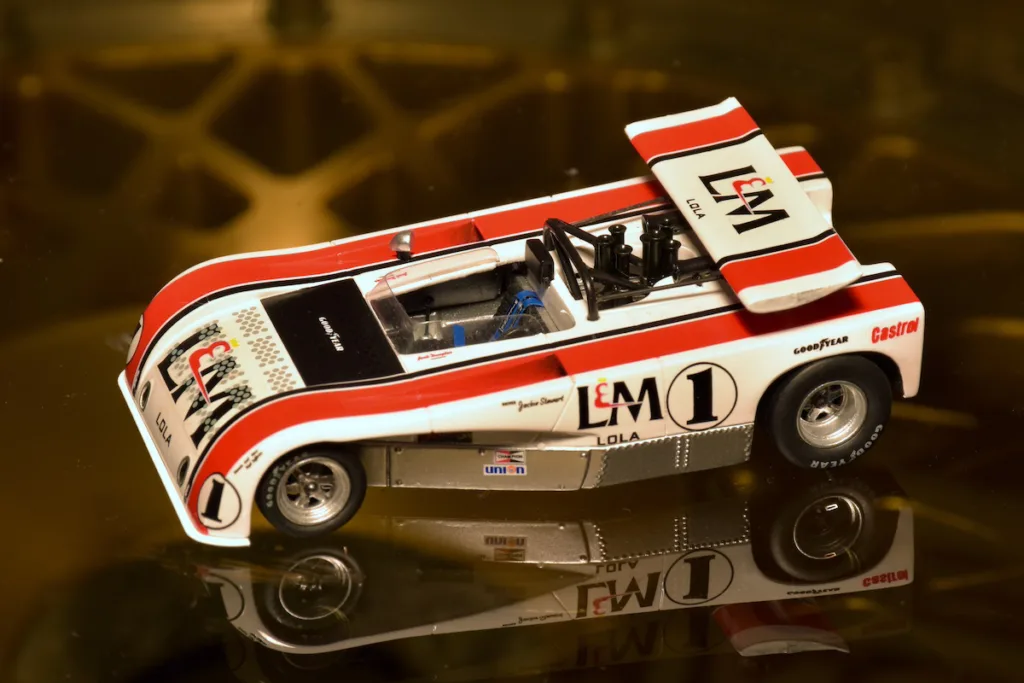
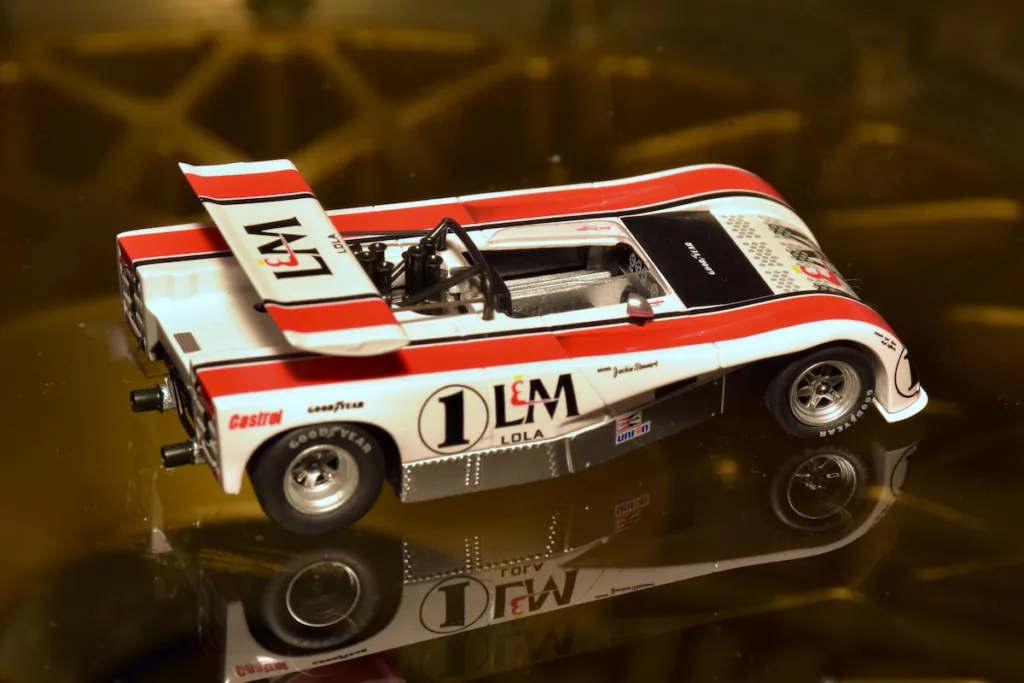
- SPARK S1134 (resin)
1971 Norisring, Lola T222-Chevrolet. The European version of the Can-Am was the Interserie. Swiss Jo Bonnier has raced Formula One, sportscars for Porsche and Ferrari and then raced mainly Lola’s in his own team. At the Norisring he finished third in this Lola T222 with Chevrolet engine.
#4 Lola T222 Jo Bonnier – 3rd
Lola T222 – 8.1 liter Chevrolet ZL1 V8 90º, approx. 780 hp. Goodyear tires. Weight 800 kg. Aluminium monocoque, chassisnr. #HU04

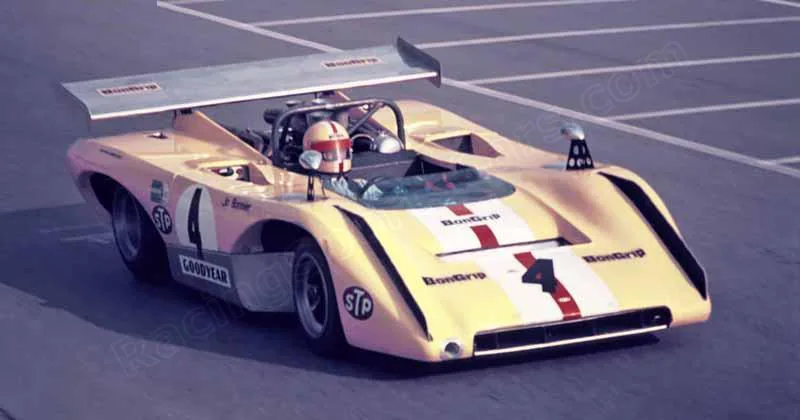
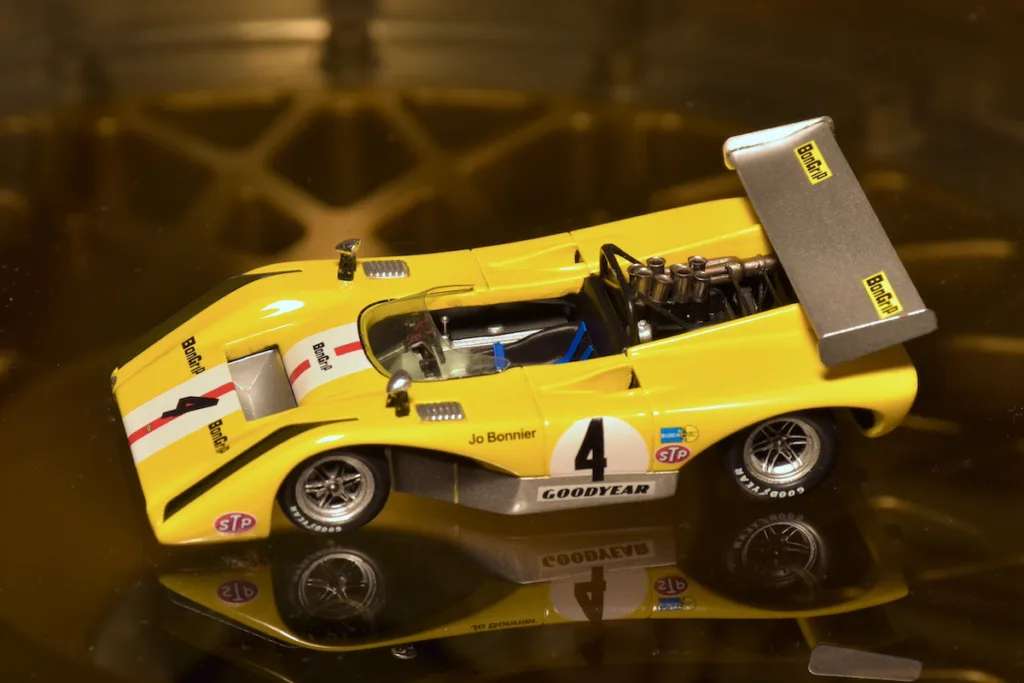
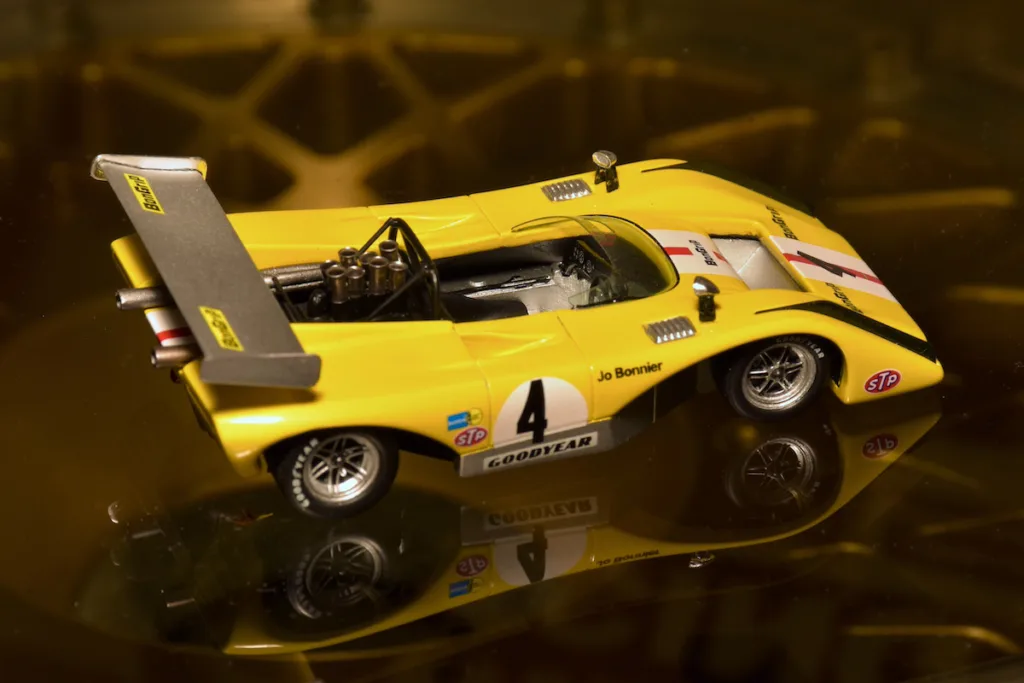
- SPARK Raceland Specials RS1106 #294 / 300 pcs (resin)
End of an era
1974 Can-Am championship, Shadow DN4 – Chevrolet. After Porsche (because rules change) and McLaren (focus on Formula 1) left Can-Am, the Shadows appeared to reign. Jackie Oliver won 4 out of 6 races and became champion in front of team mate George Follmer.
#101 Jackie Oliver – 1st
Shadow DN4 – 8.1 liter Chevrolet ZL1 V8 90º, approx. 780 hp. Goodyear tires. Weight 720 kg. Aluminium monocoque, chassisnr. #unknown
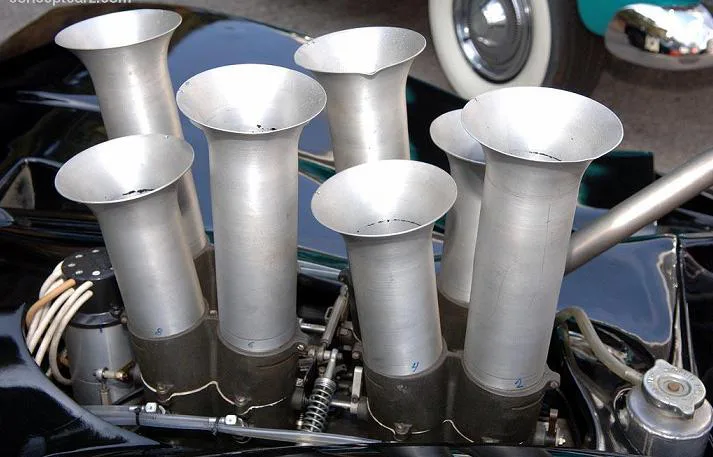
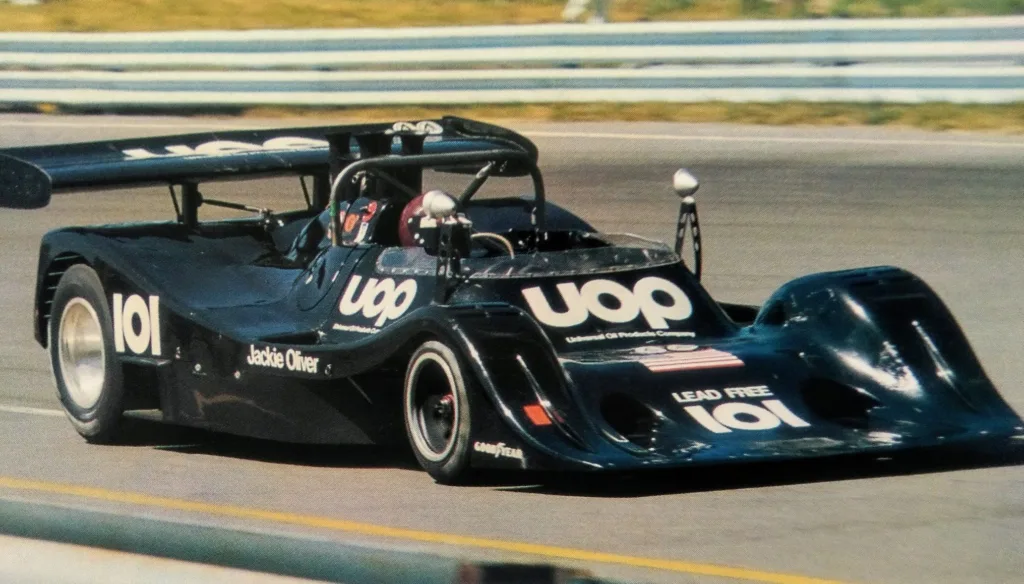
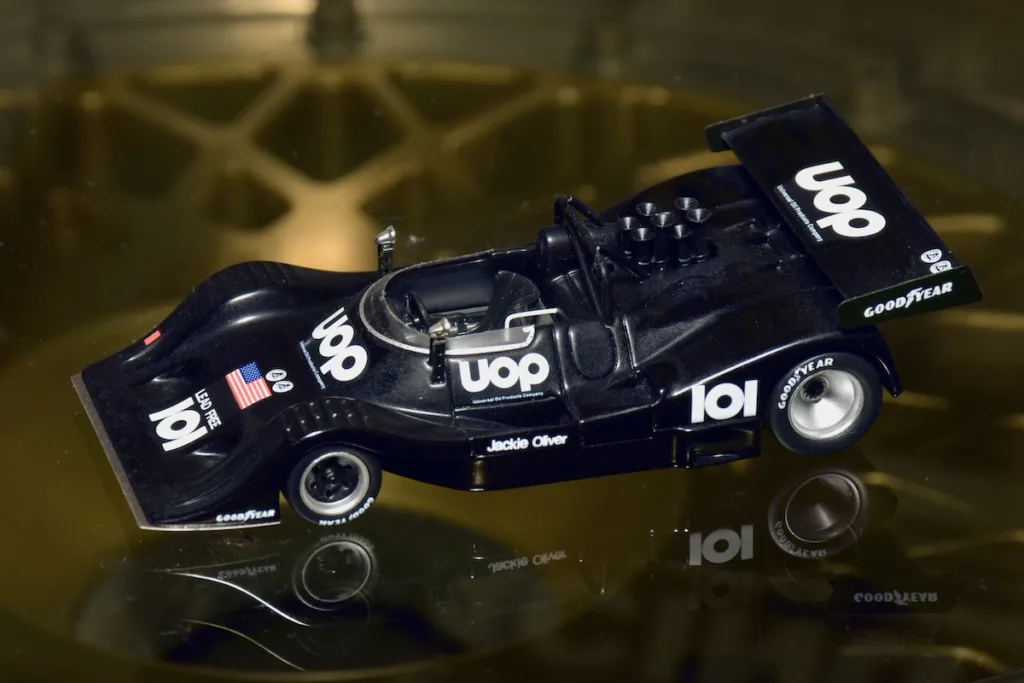
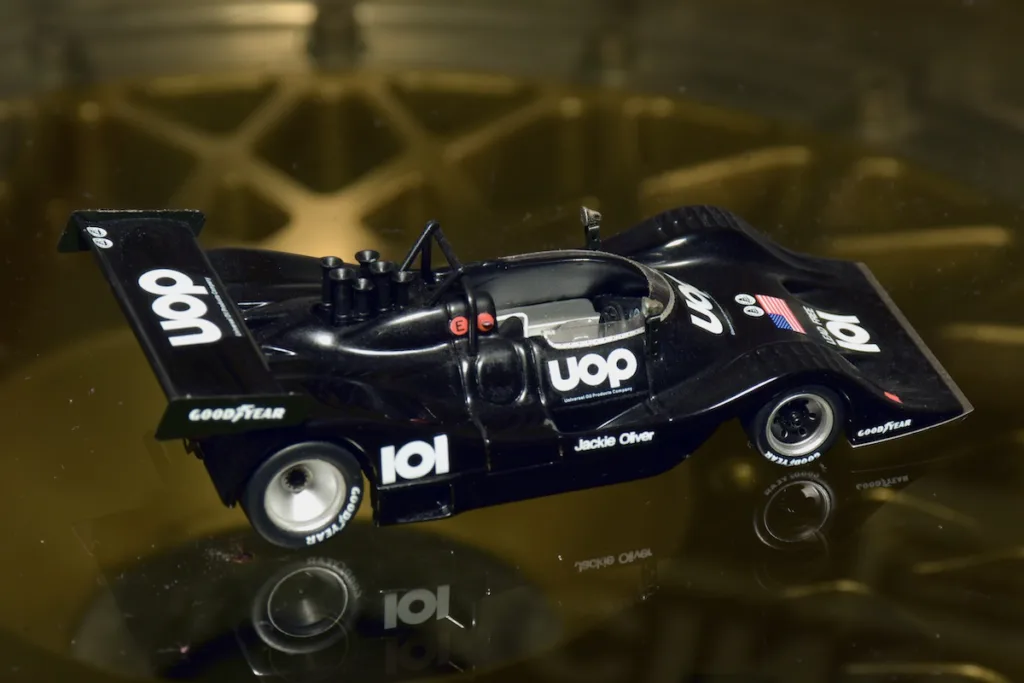
- SPARK S1120 (resin)
1977 Can-Am Series, Lola T333 CS – Chevrolet. The Can-Am series came to a stop after the 1974 season. It restarted in 1977 with more restricted rules, Basically the Can-Am adopted the Formula 5000 single seaters that raced until 1976. The Lola T333 was just a F5000 car with covered wheels. Patrick Tambay won 6 races in 1977 and took the first title for Carl Haas.
#1 Patrick Tambay -1st
Lola T333 CS – 5.0 liter Chevrolet L72 V8 90º, approx. 500 hp. Goodyear tires. Weight 700 kg. Aluminium monocoque, chassisnr. #unknown
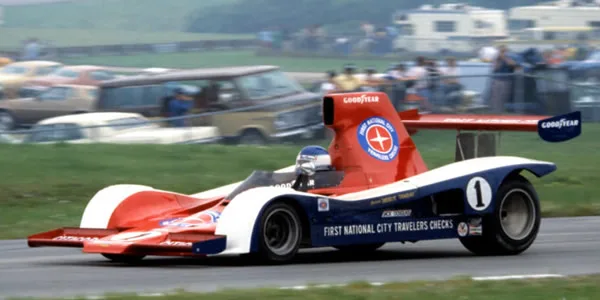
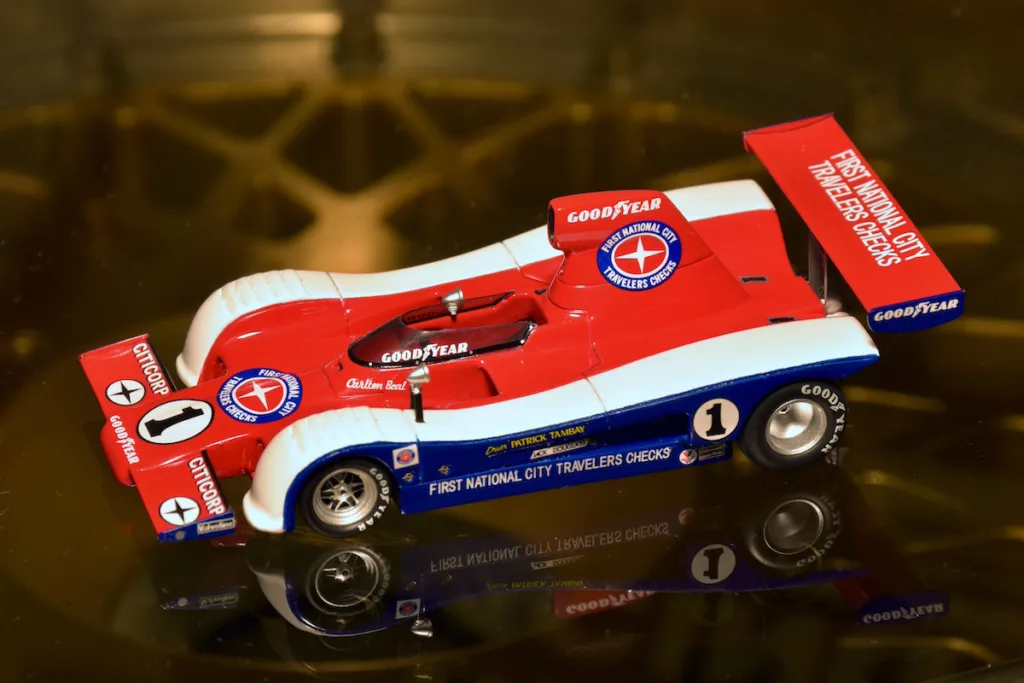
- SPARK S1142 (resin)
1978 Can-Am Series Laguna Seca, Lola T332 CS – Chevrolet. Al Holbert raced this Hogan owned car and won the race at Laguna Seca. Main competition came from the team of Carl Haas that took 4 titles in a row with famous drivers Patrick Tambay (1977 and 1980), Alan Jones (1978) and Jacky Ickx (1979).
#10 Al Holbert – 1st
Lola T332 CS – 5.0 liter Chevrolet L72 V8 90º, approx. 500 hp. Goodyear tires. Weight 700 kg. Aluminium monocoque, chassisnr. #unknown
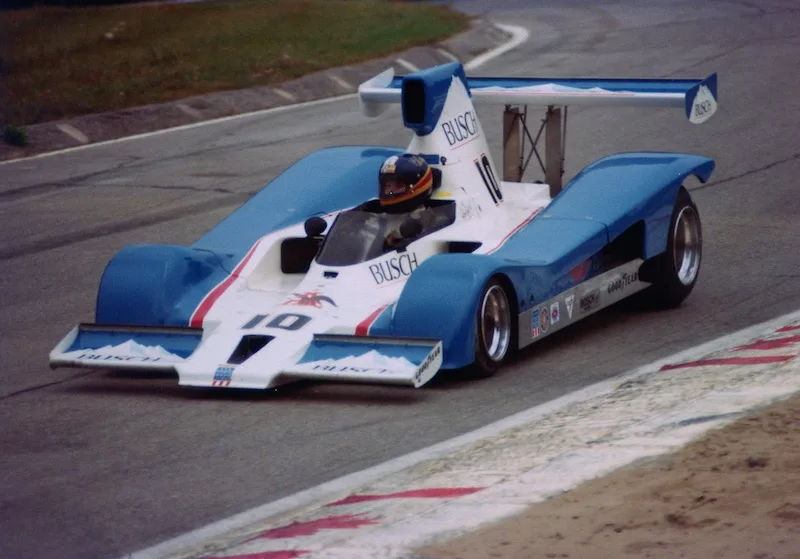
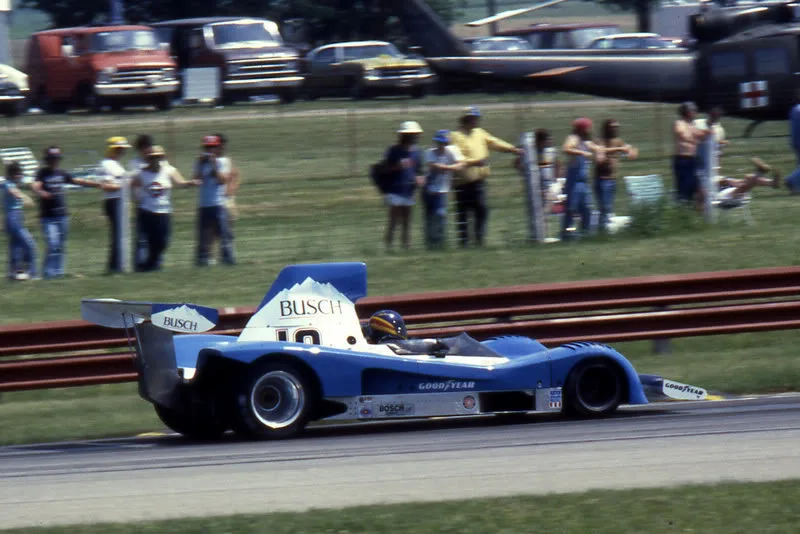
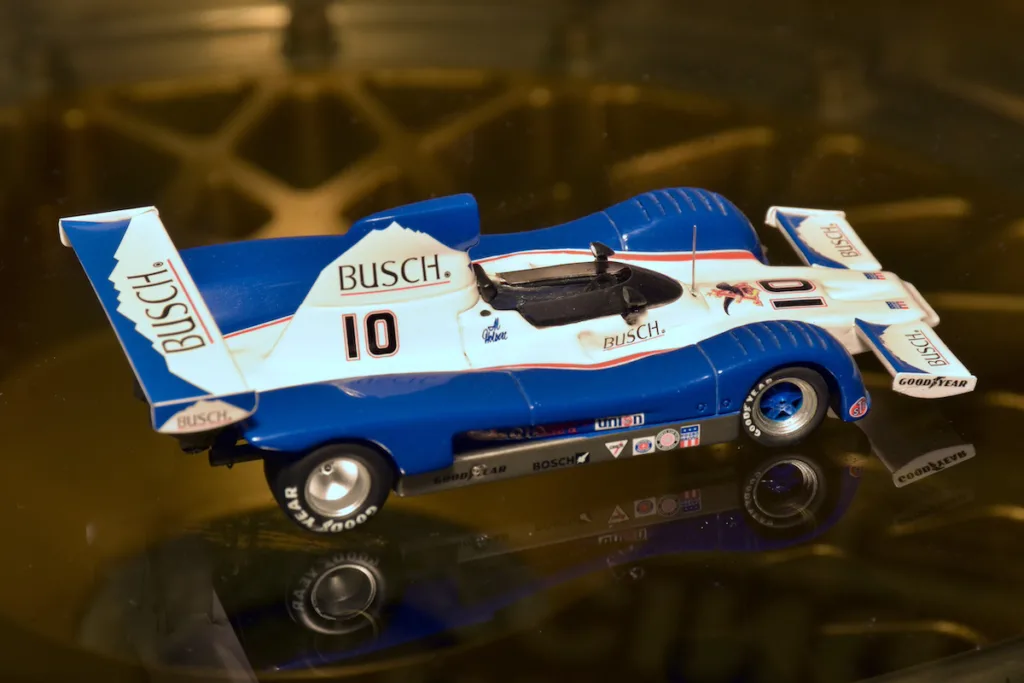
- SPARK S1140 (resin)

Thanks for visiting 😉
